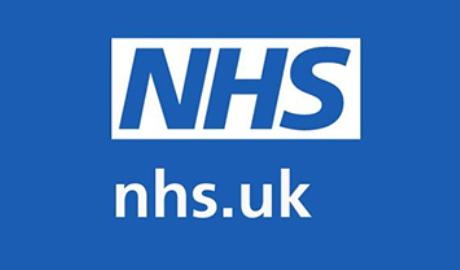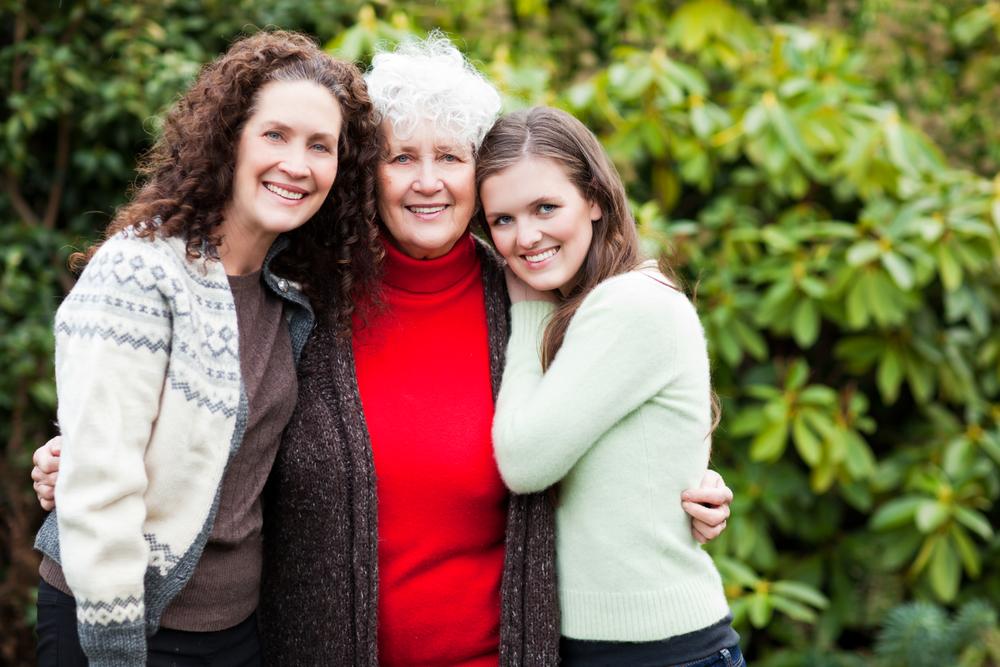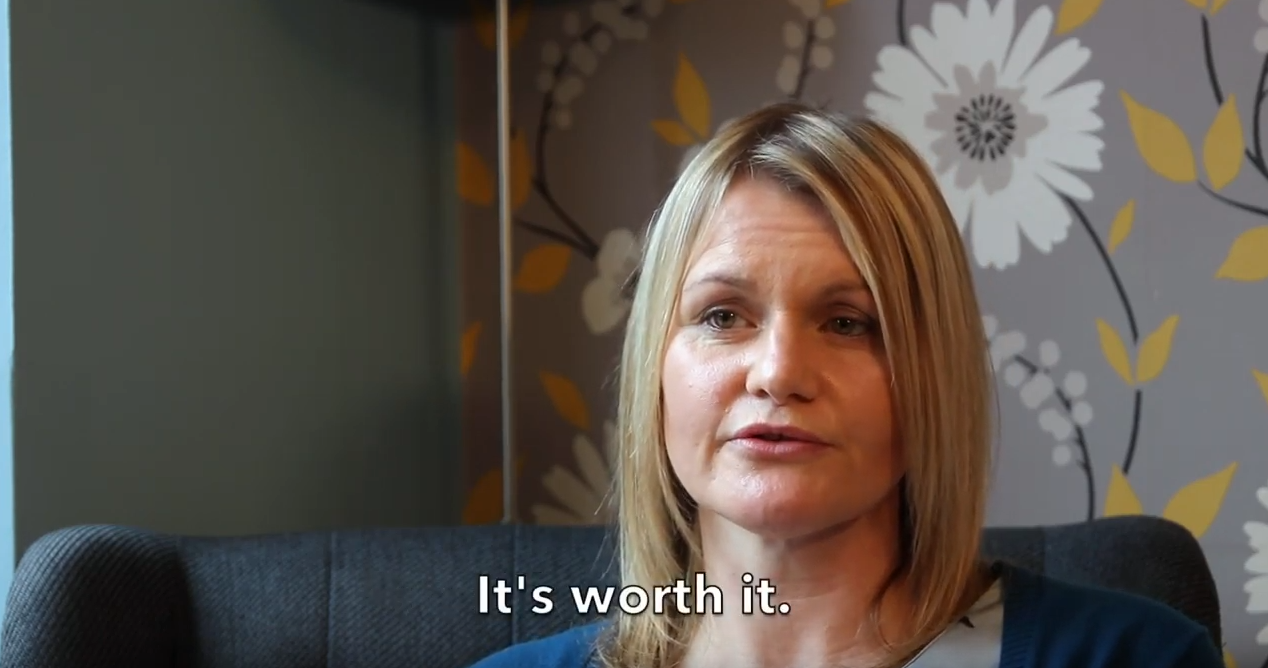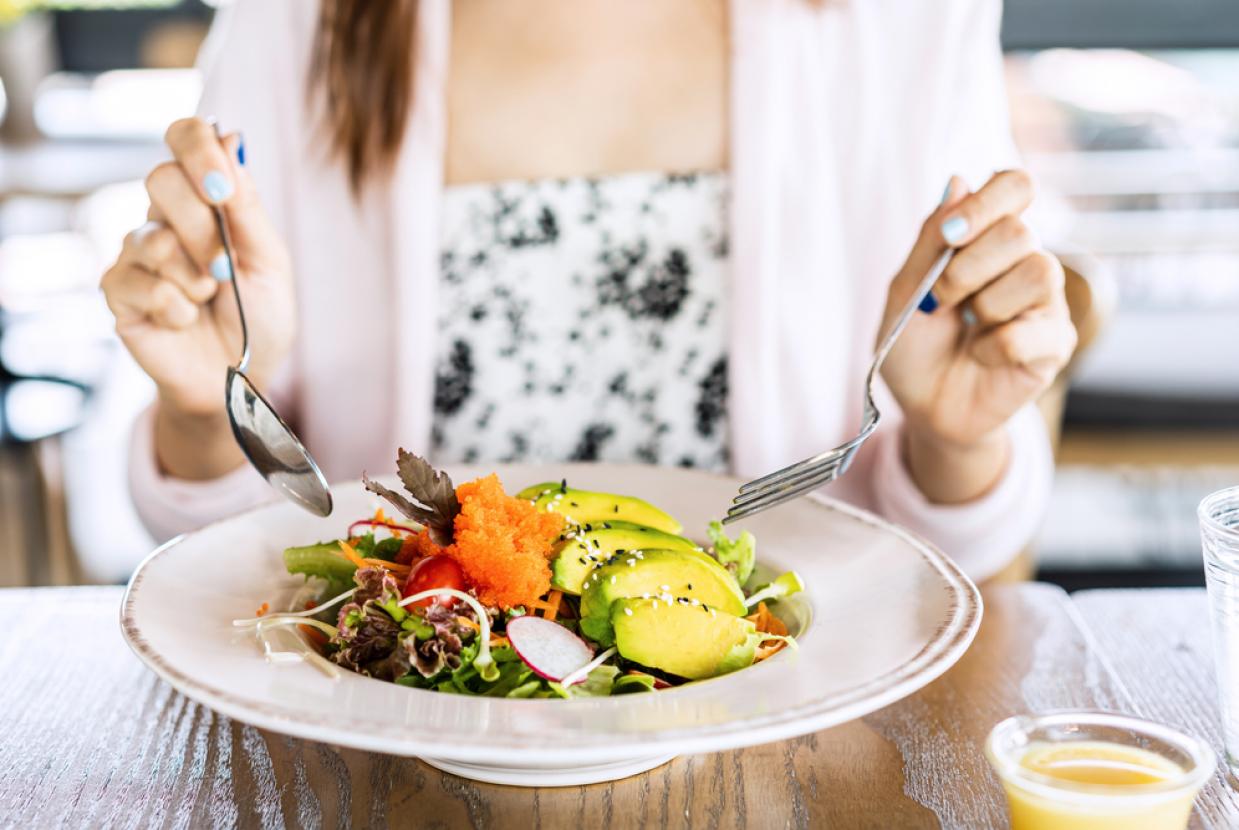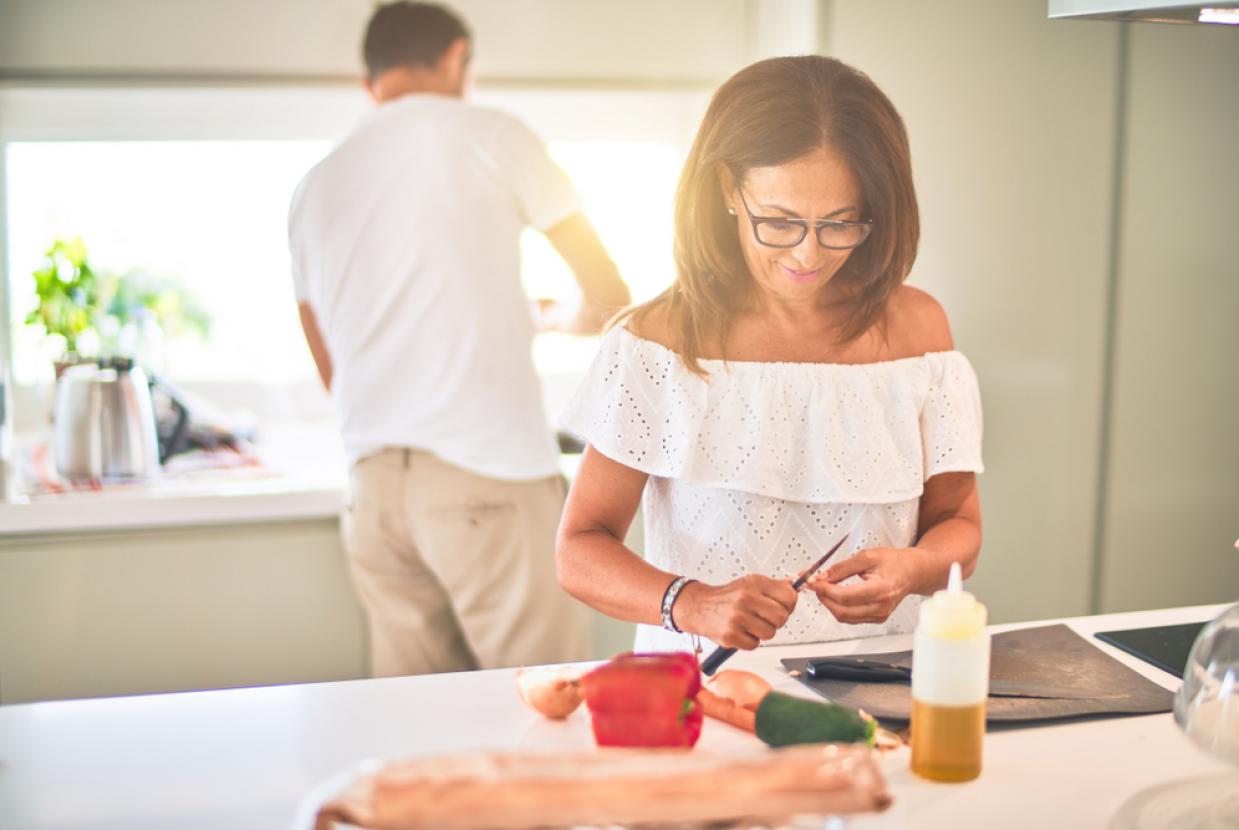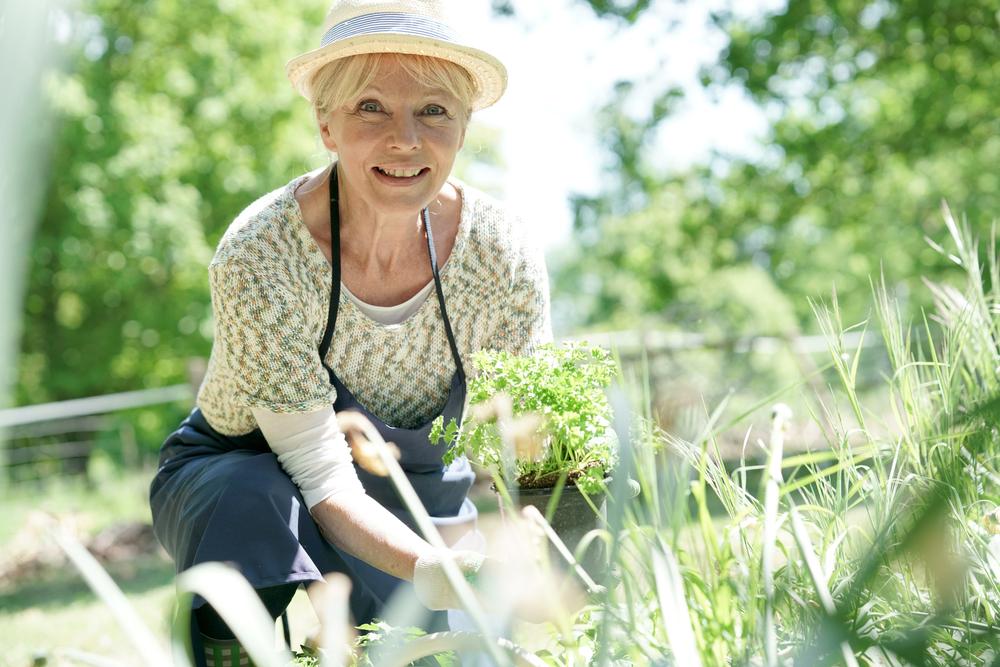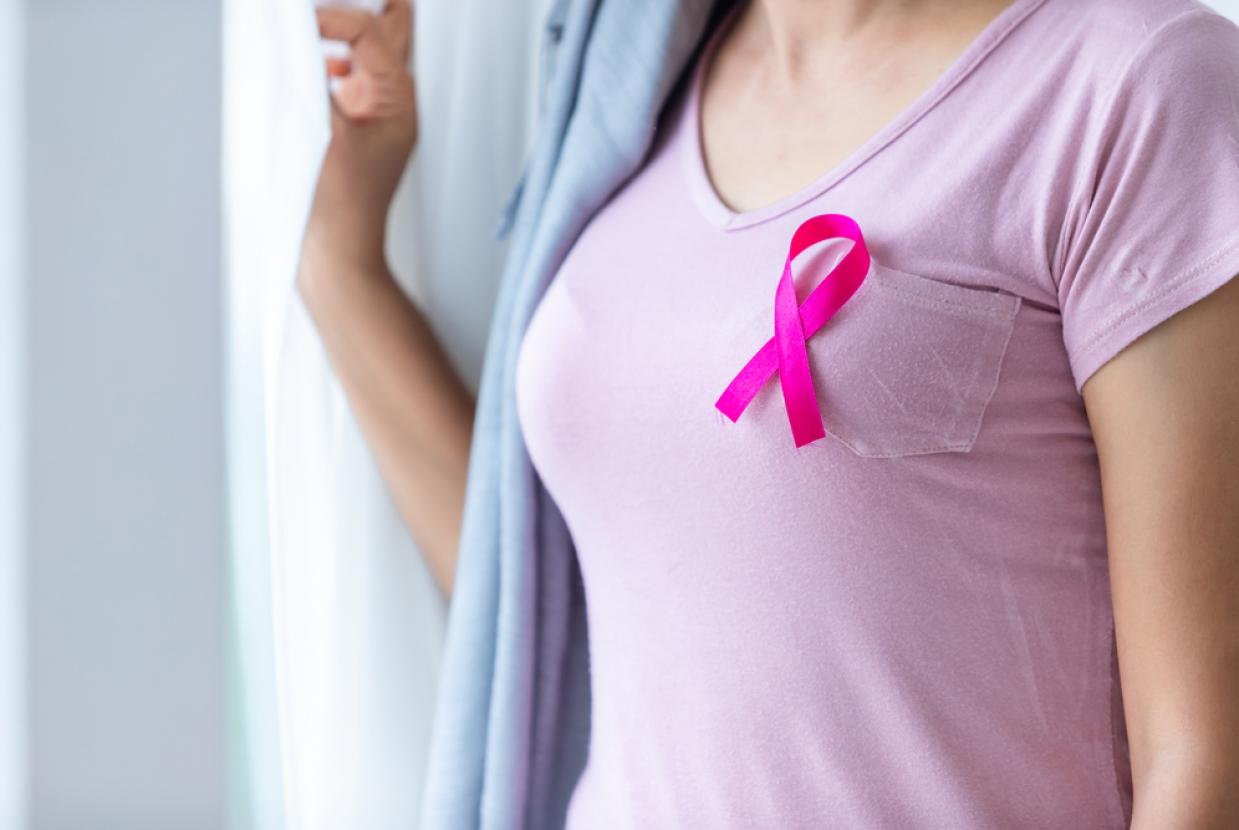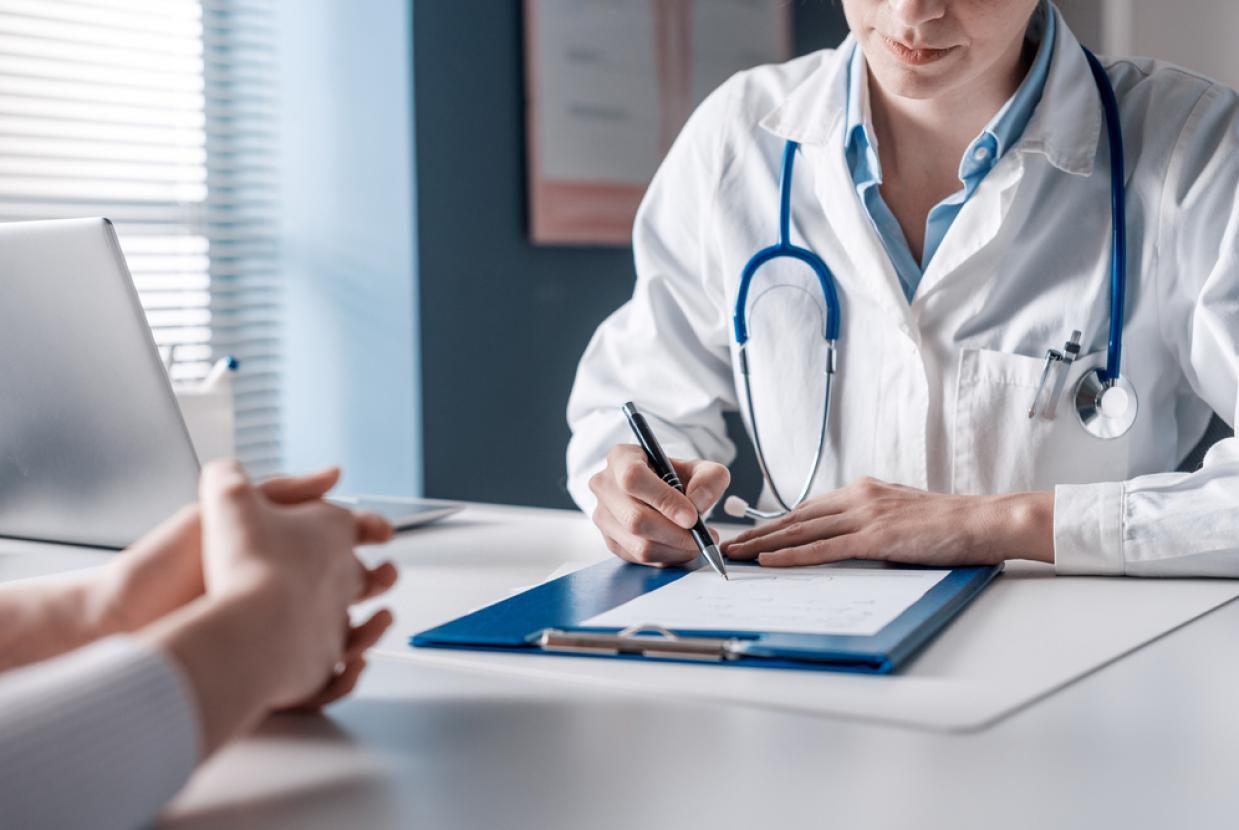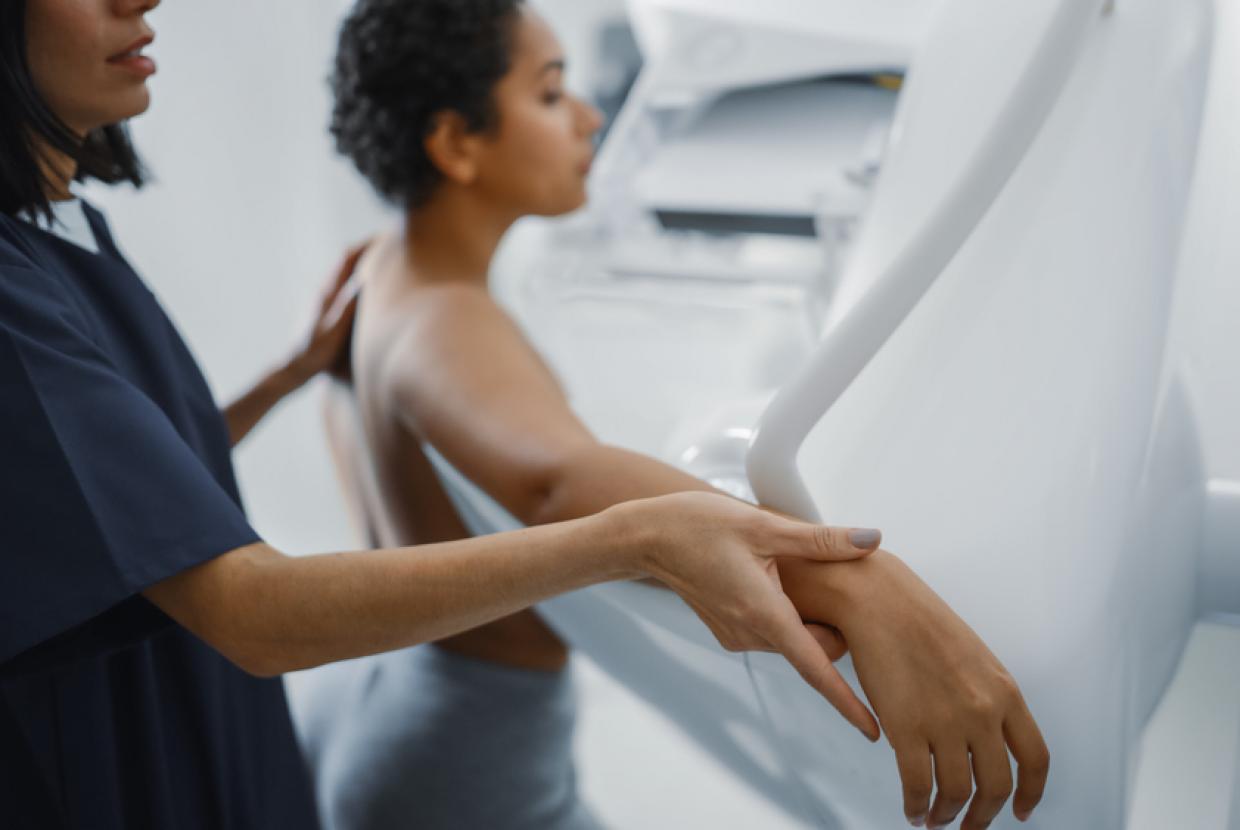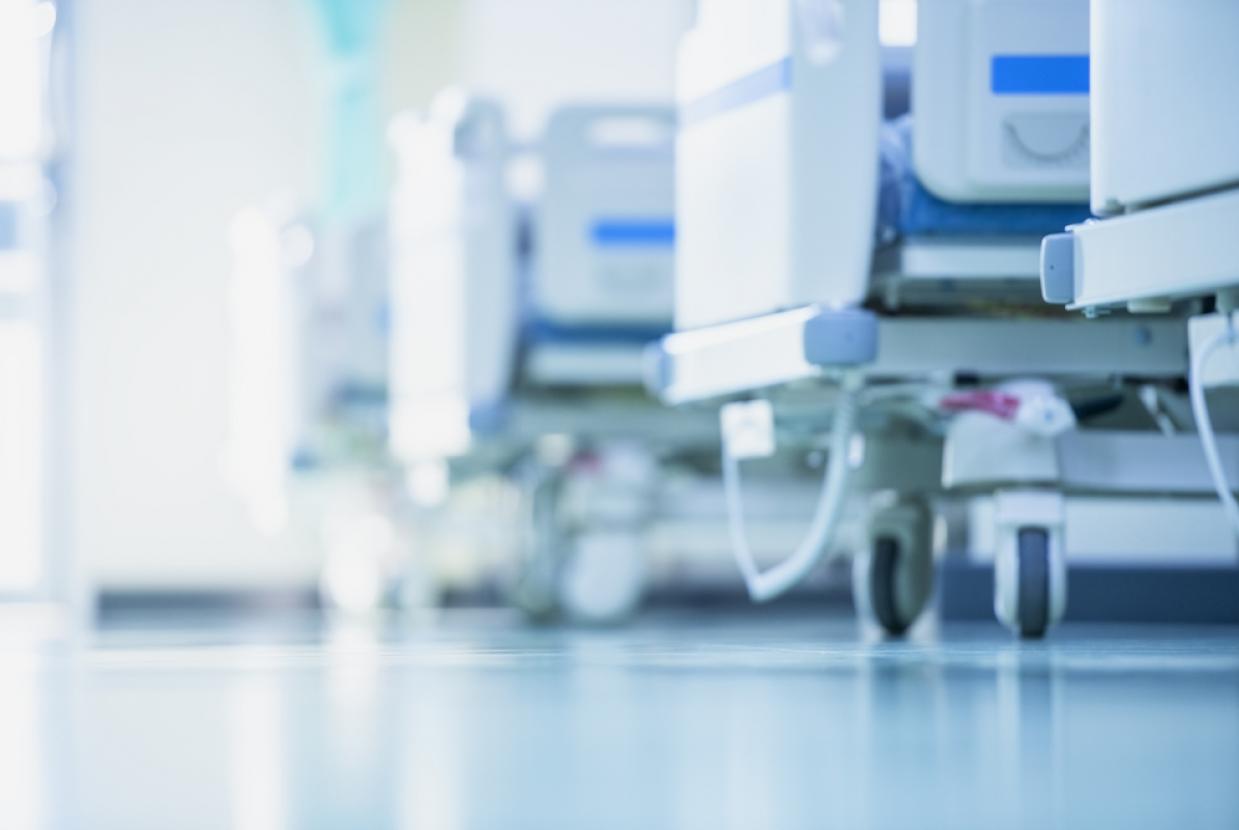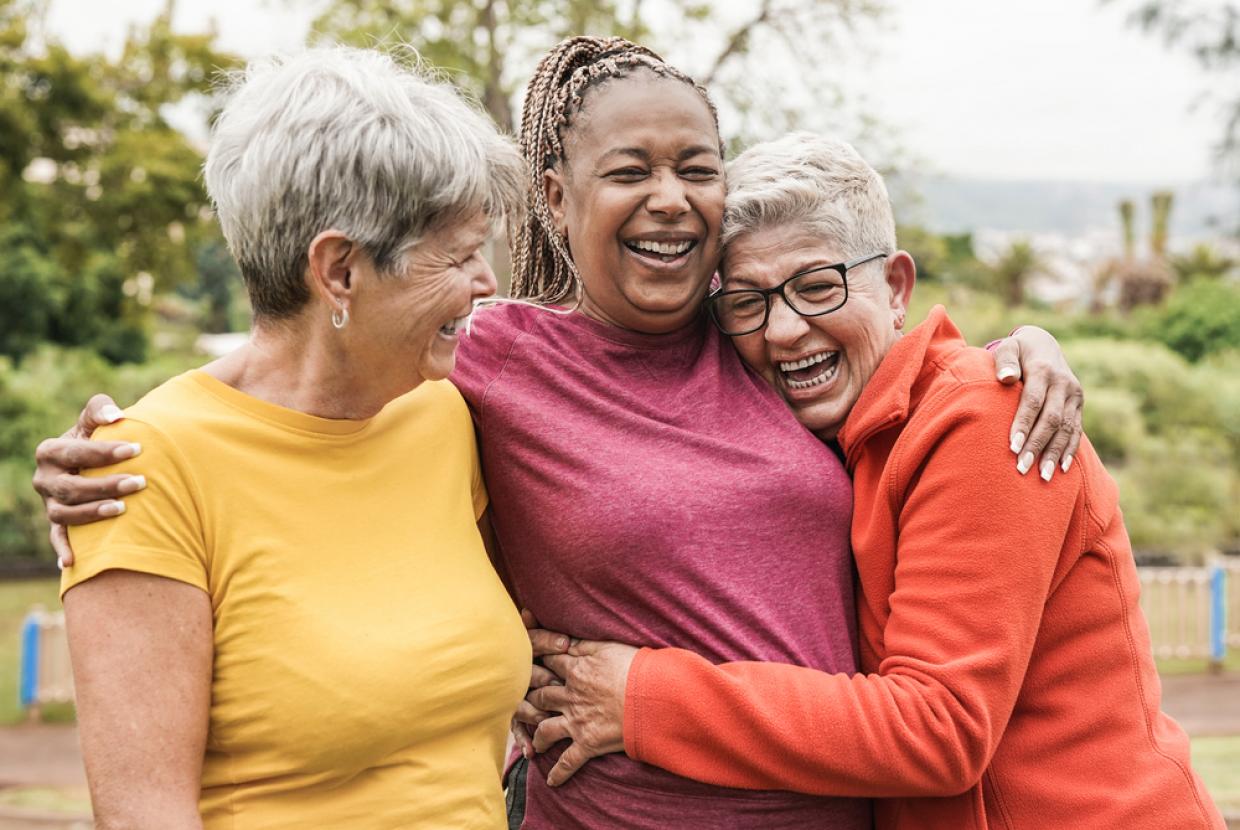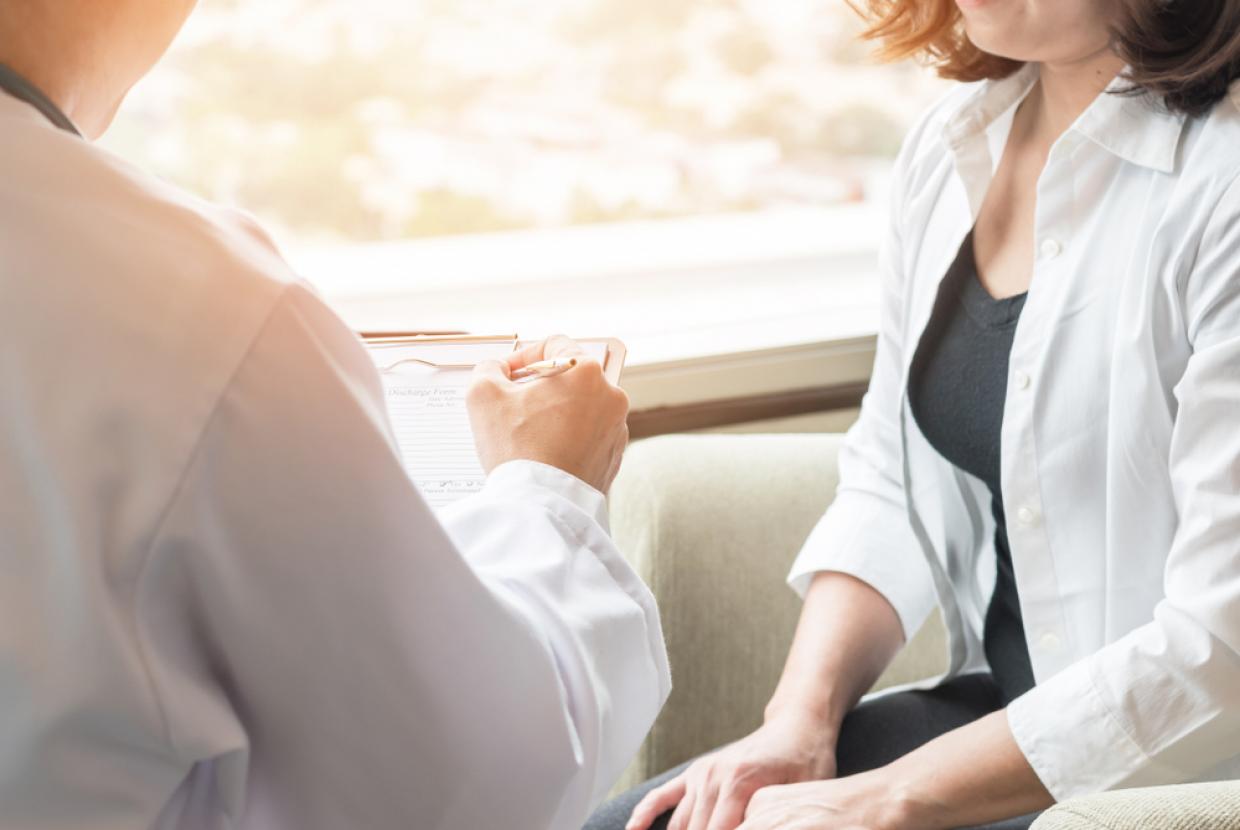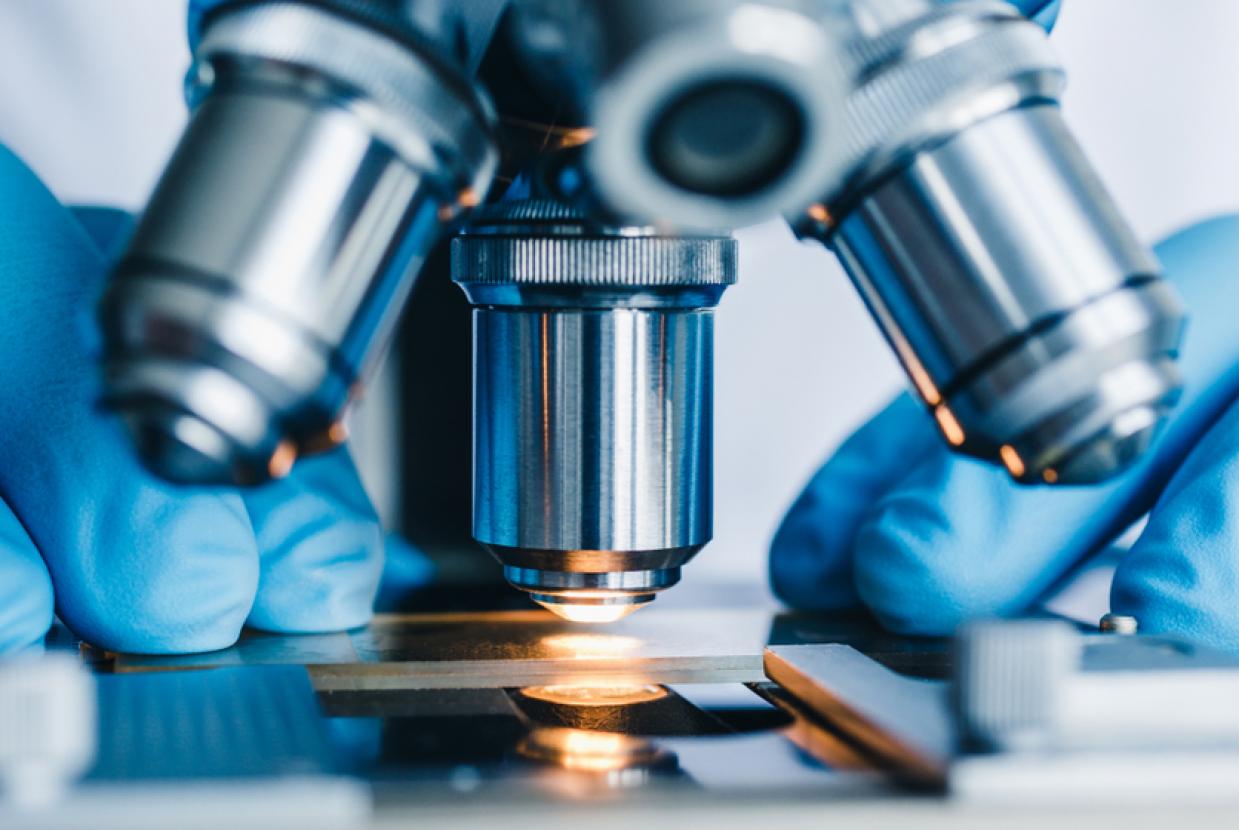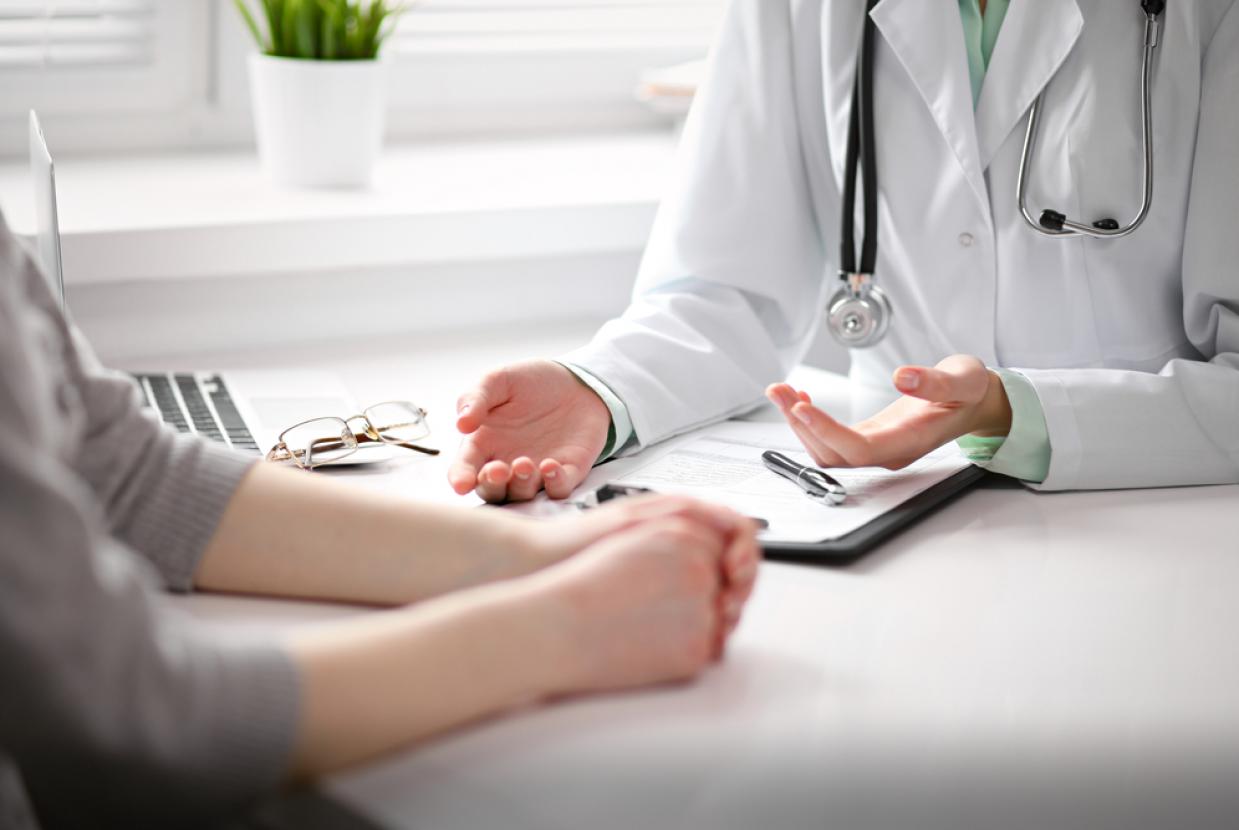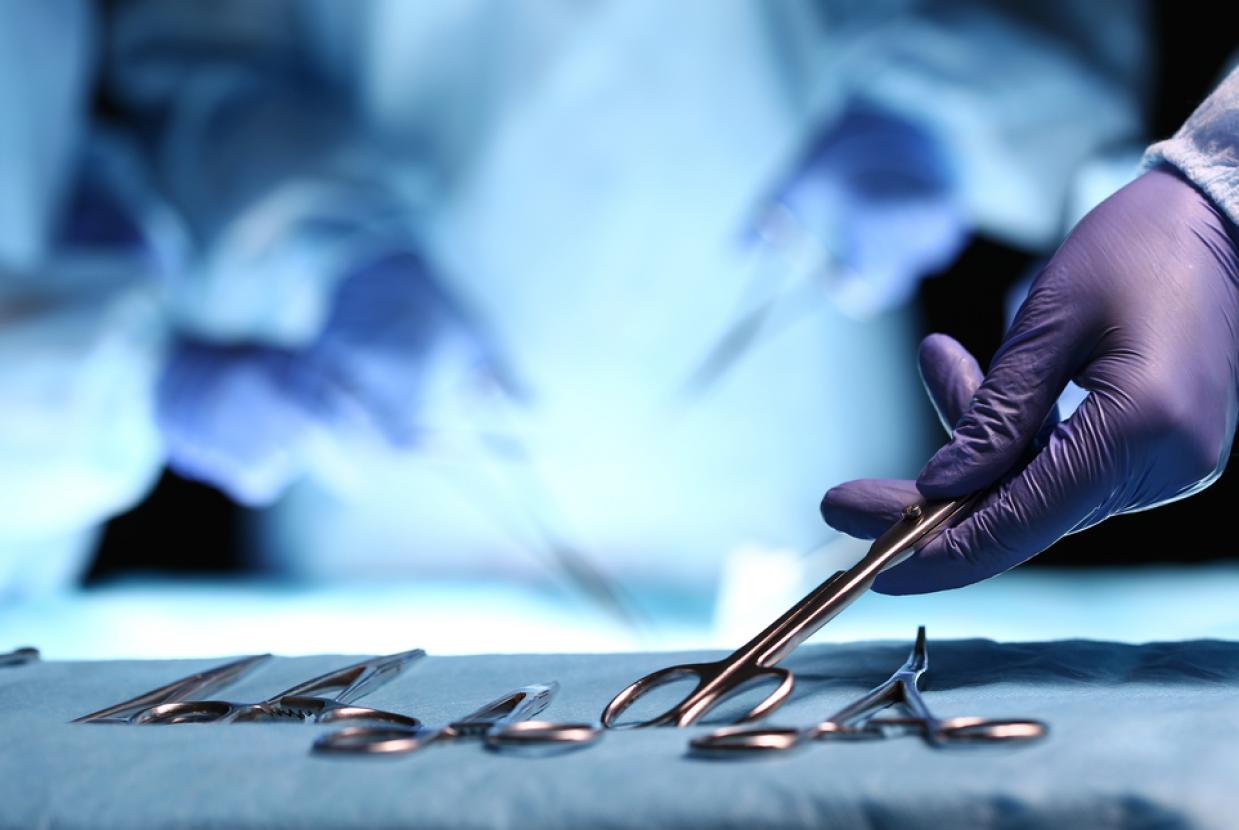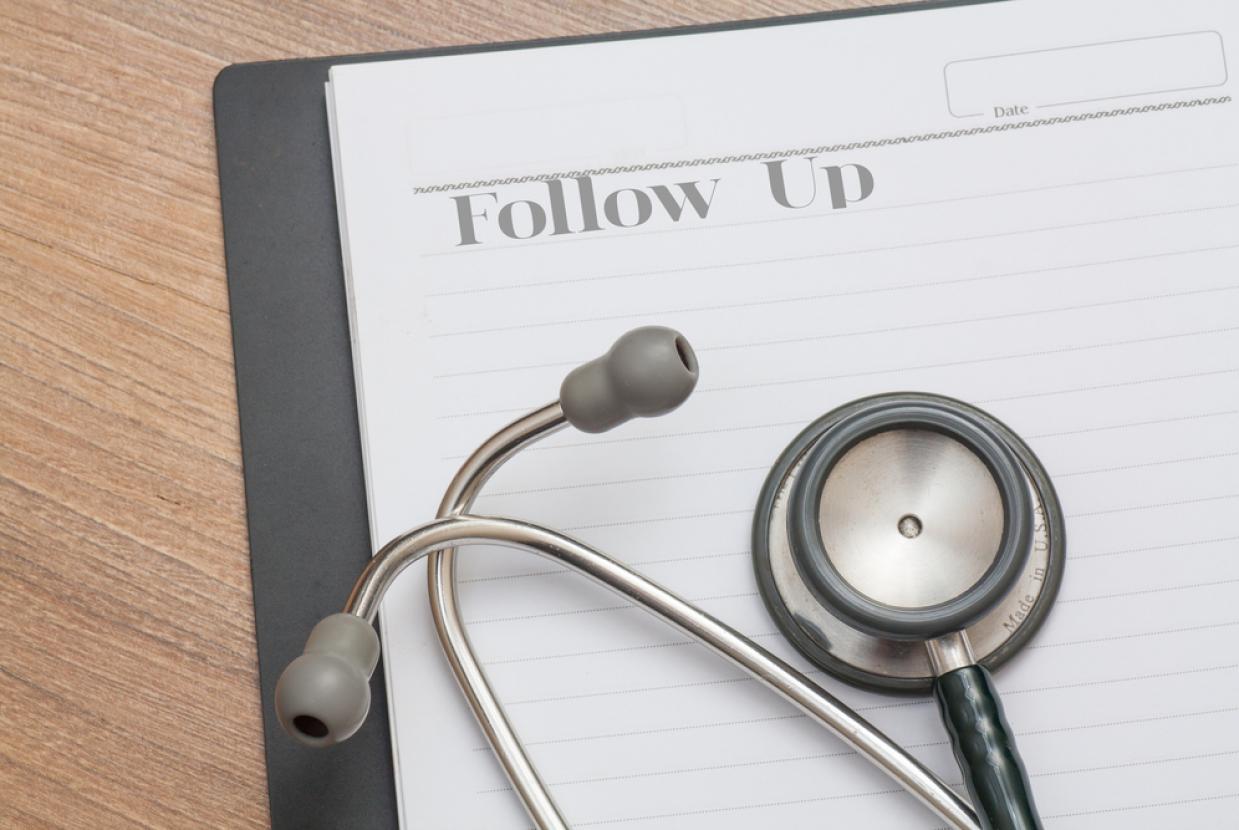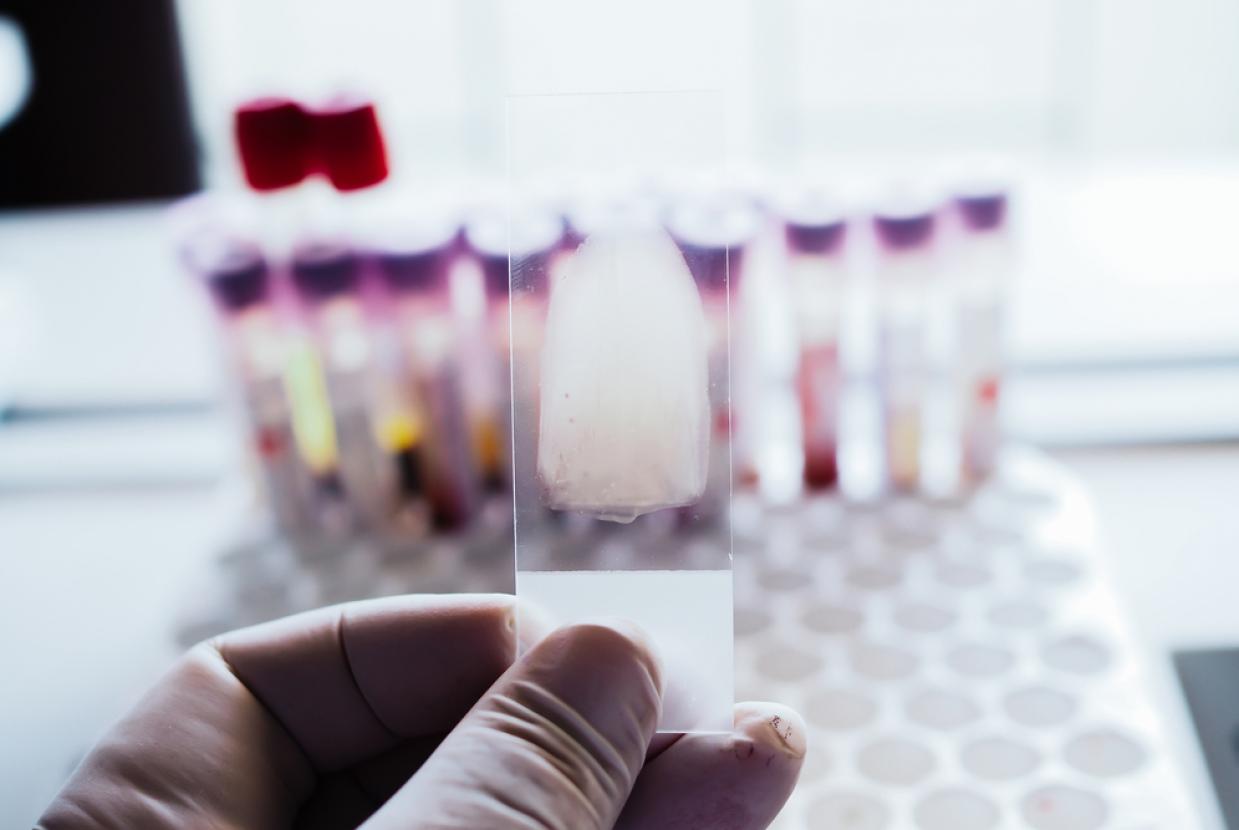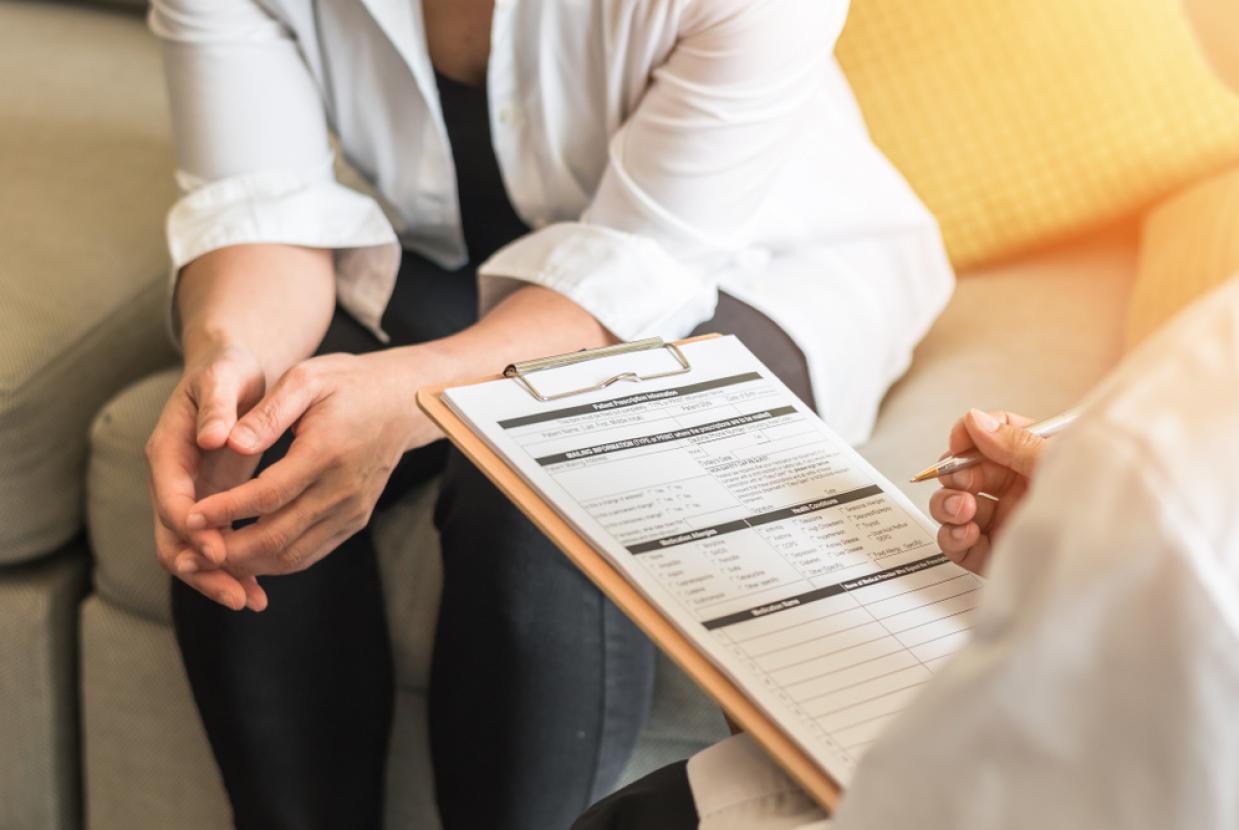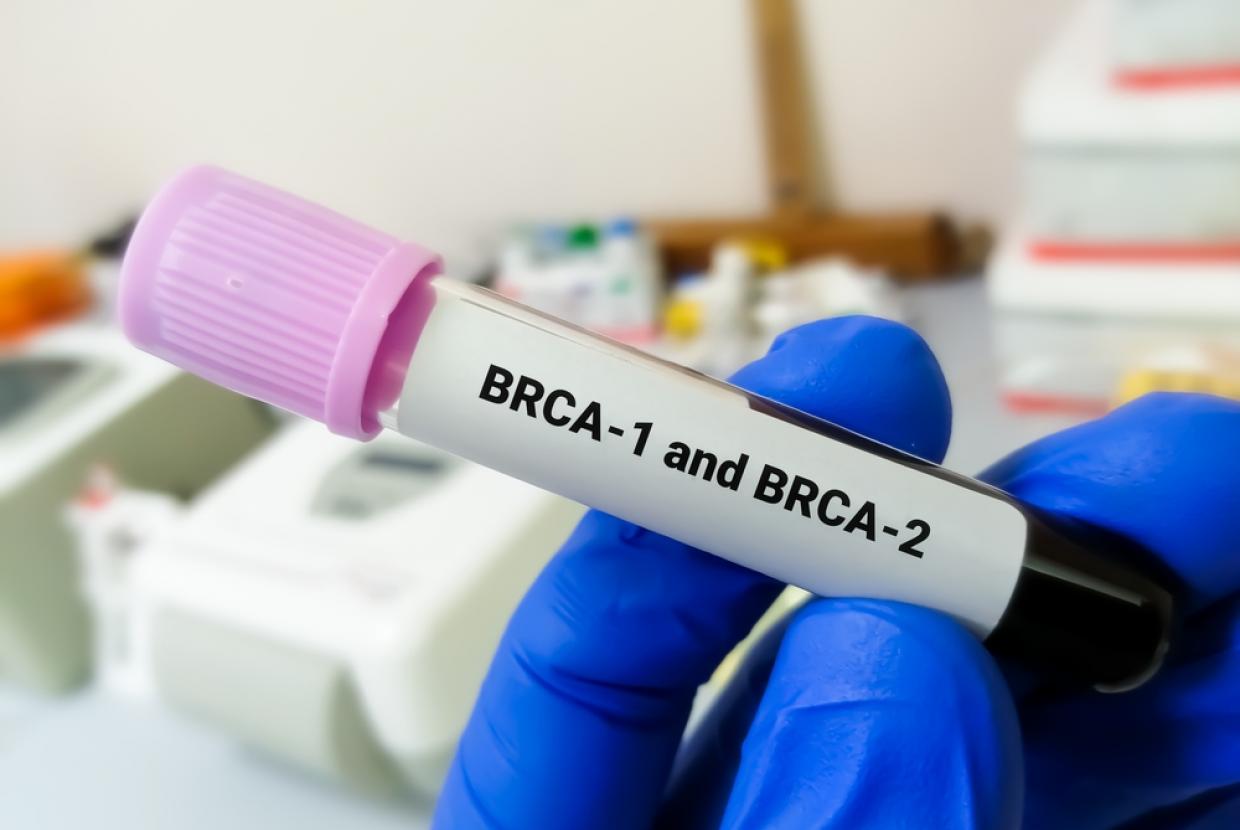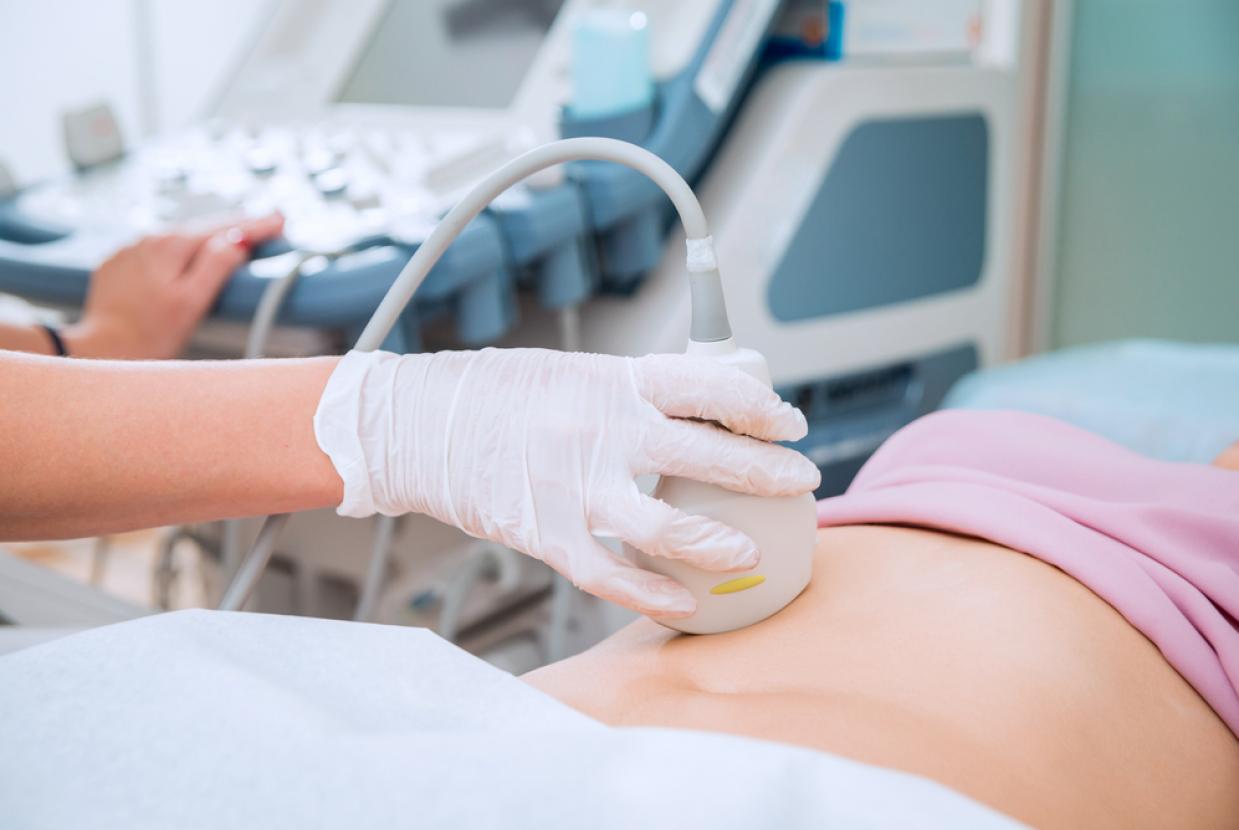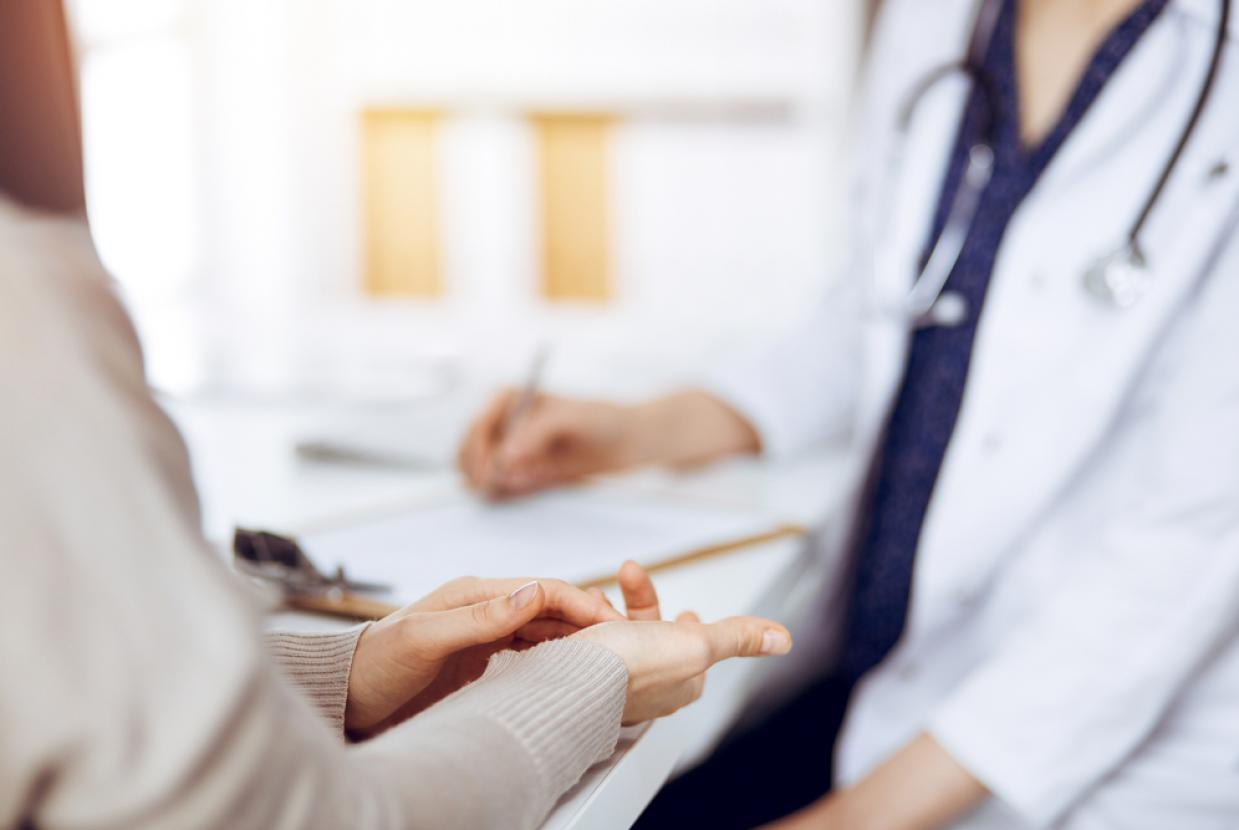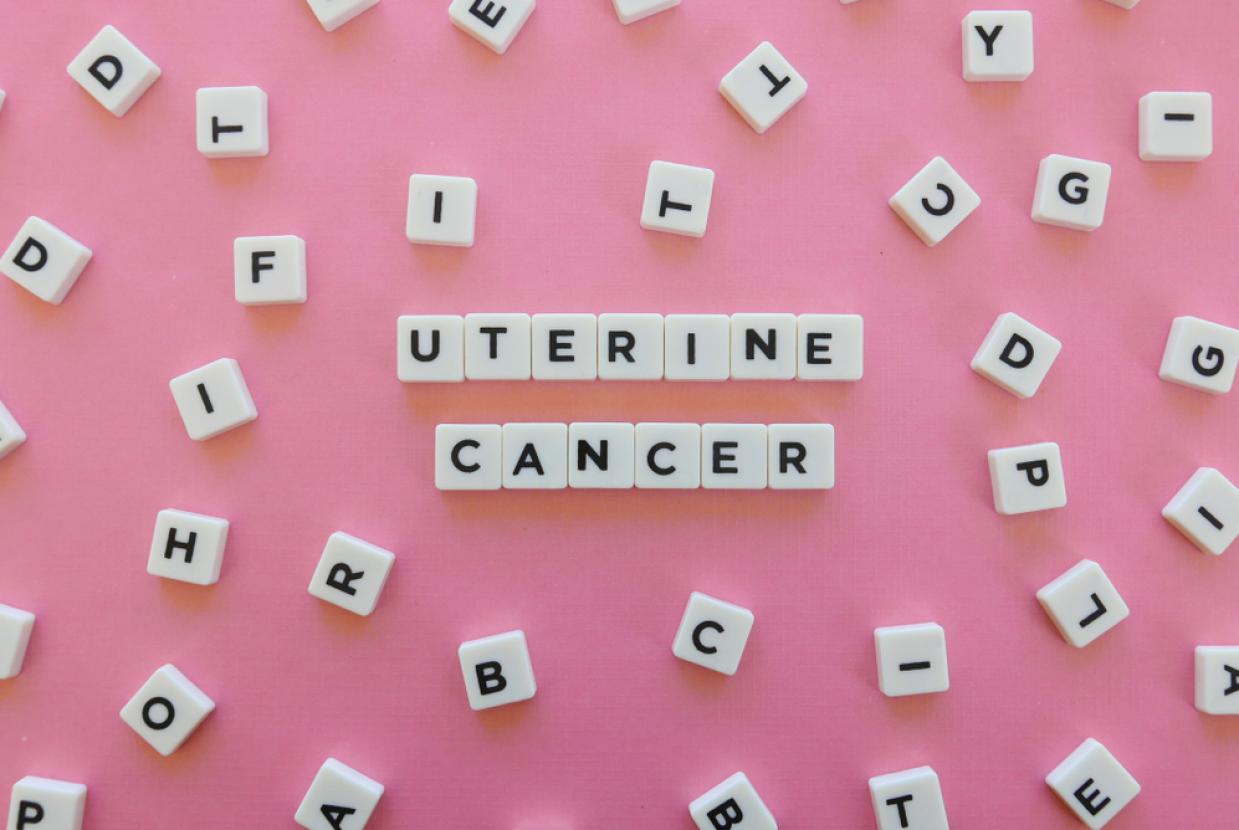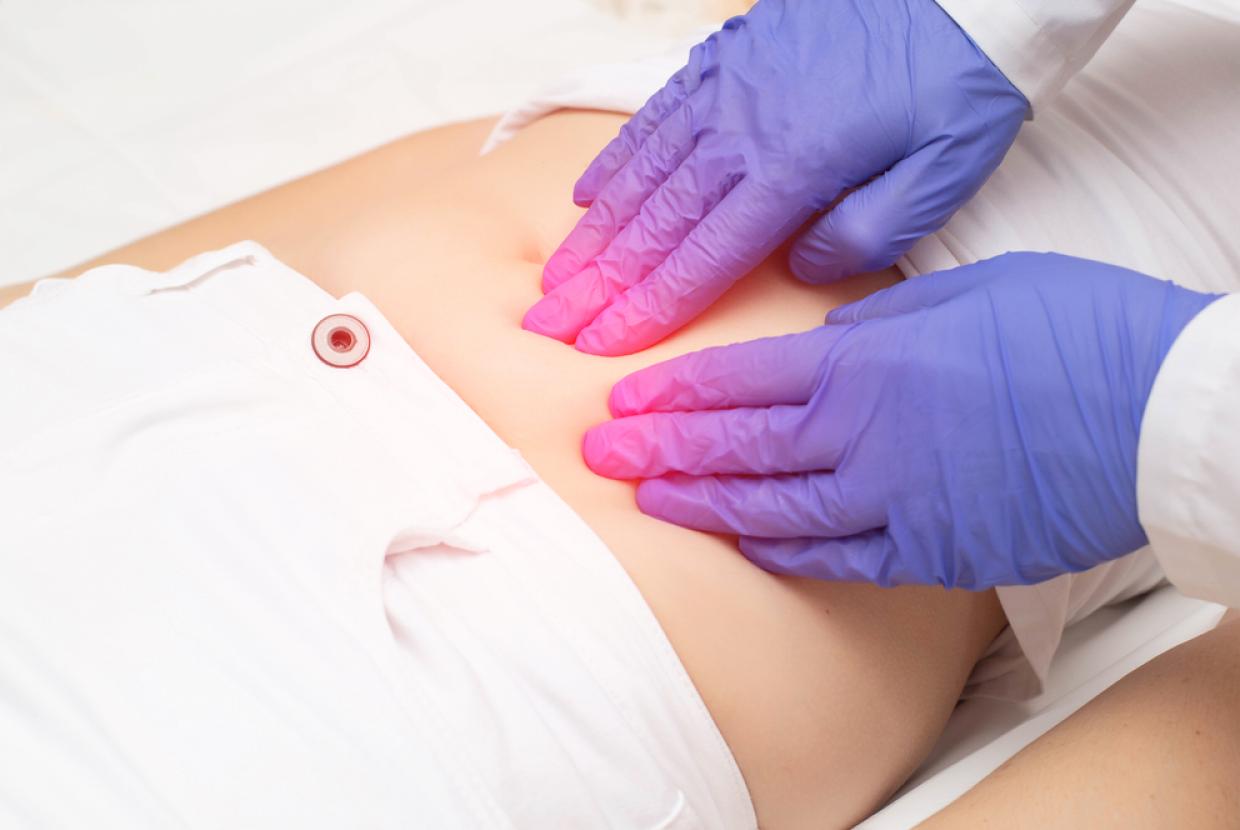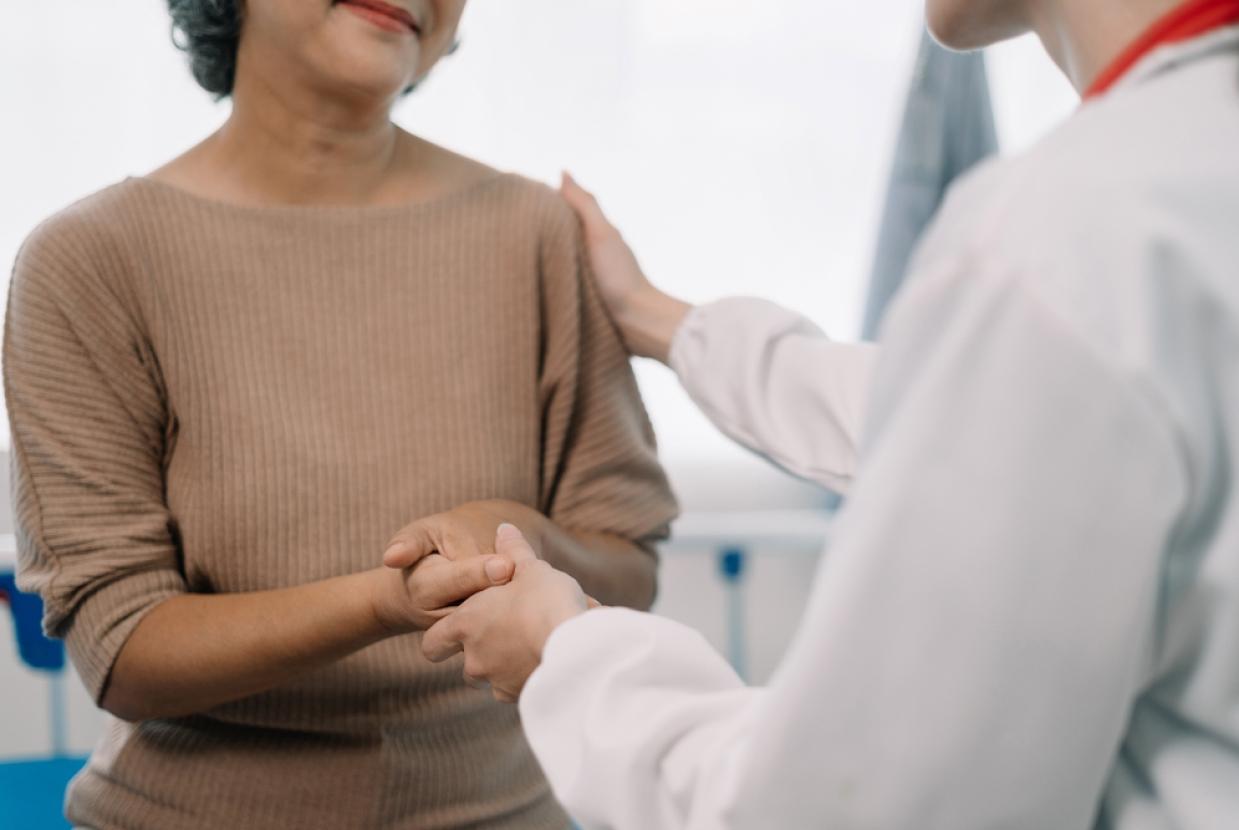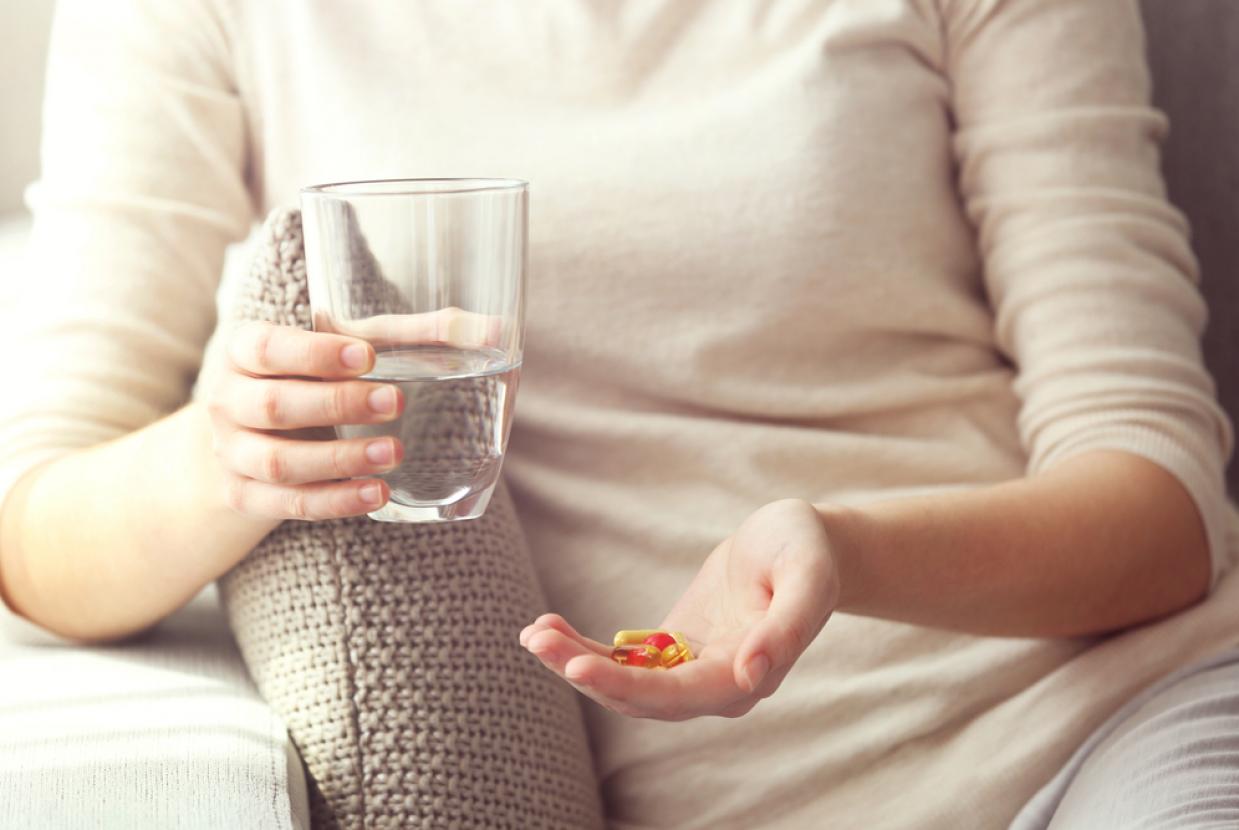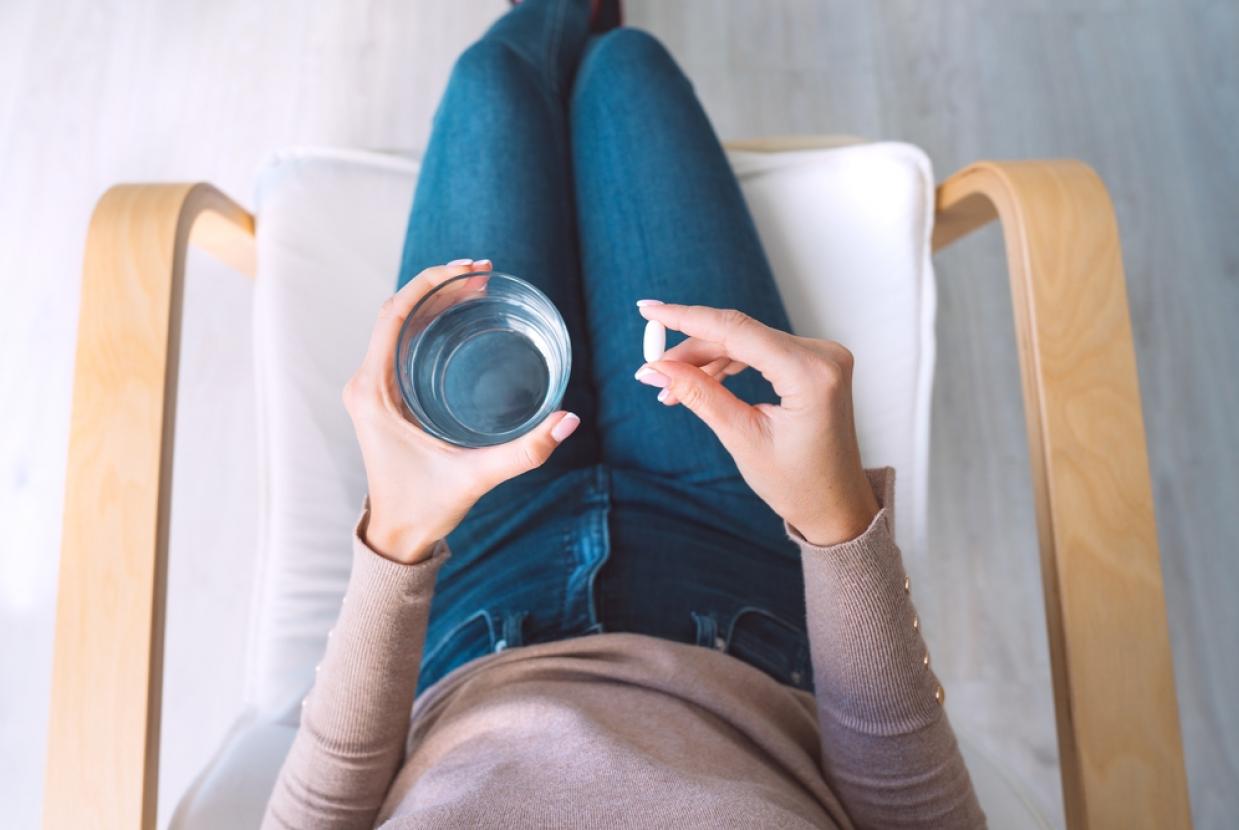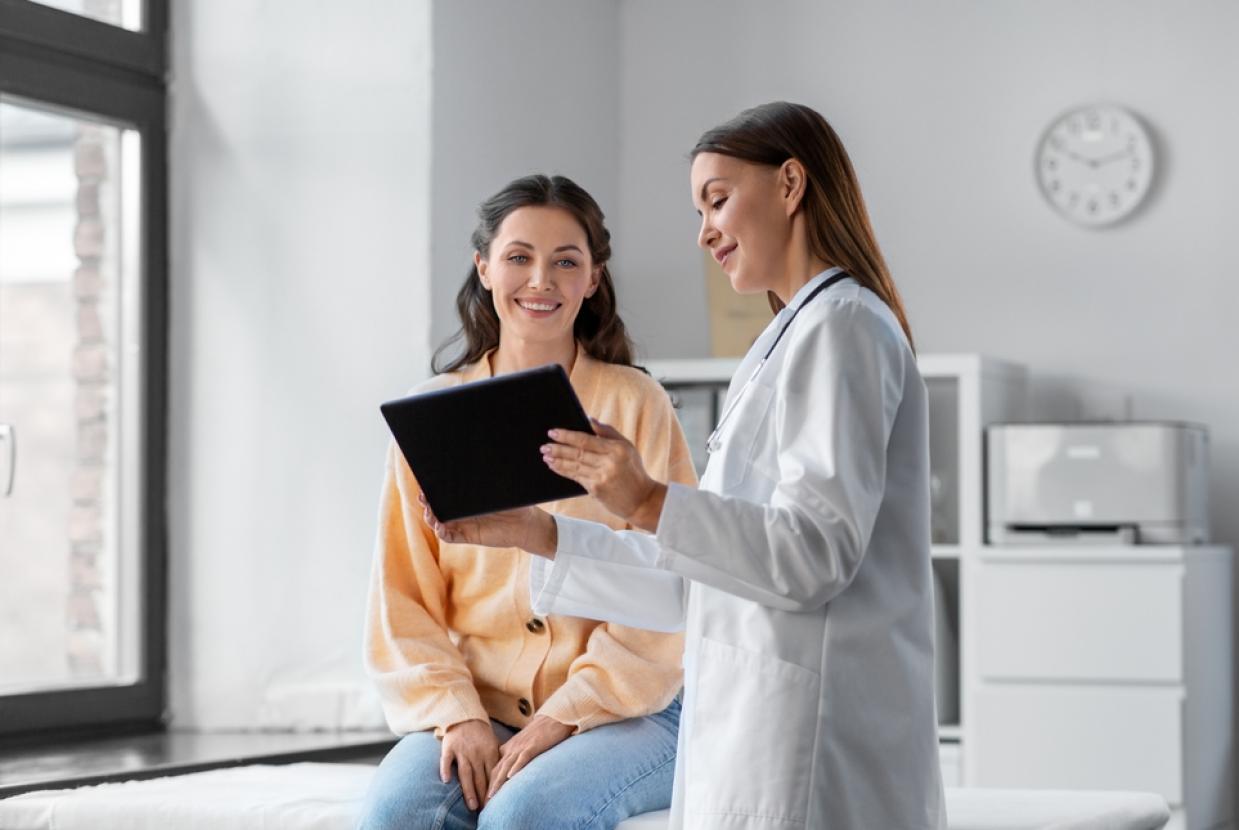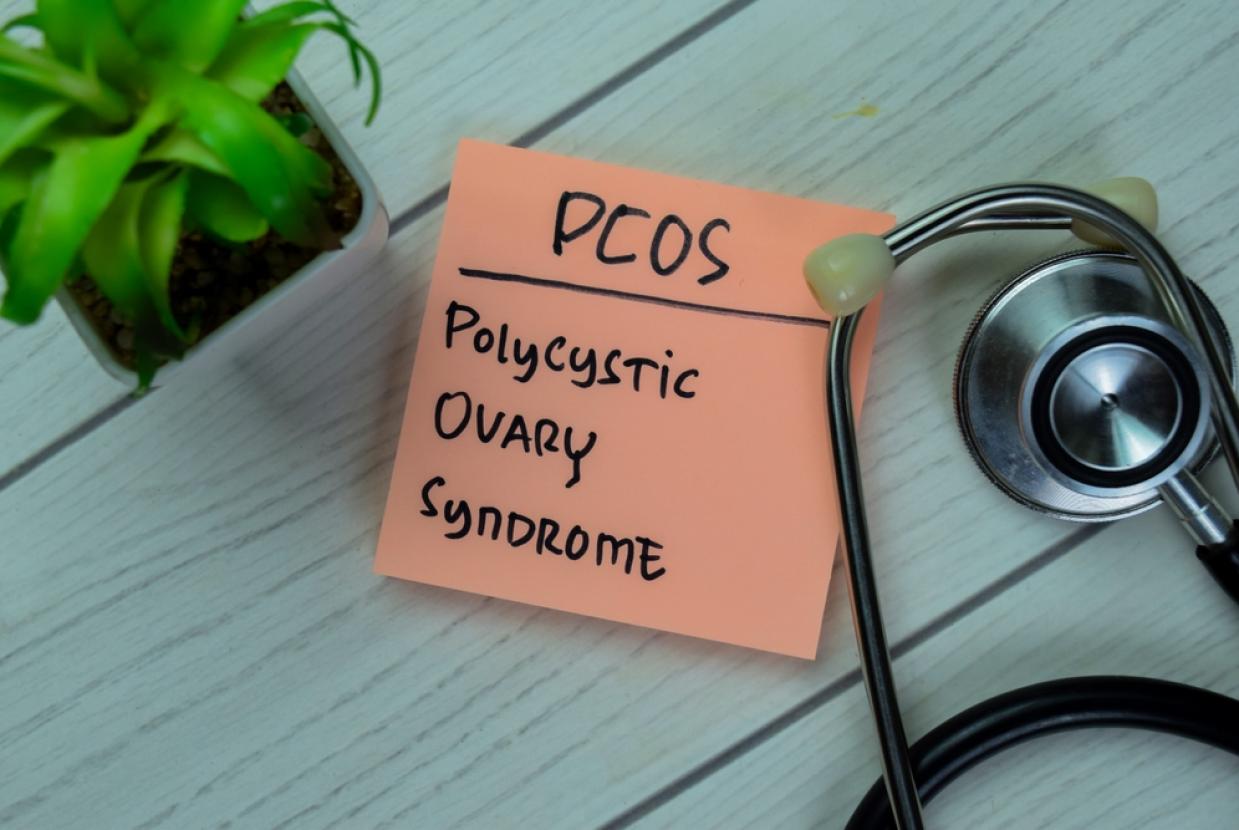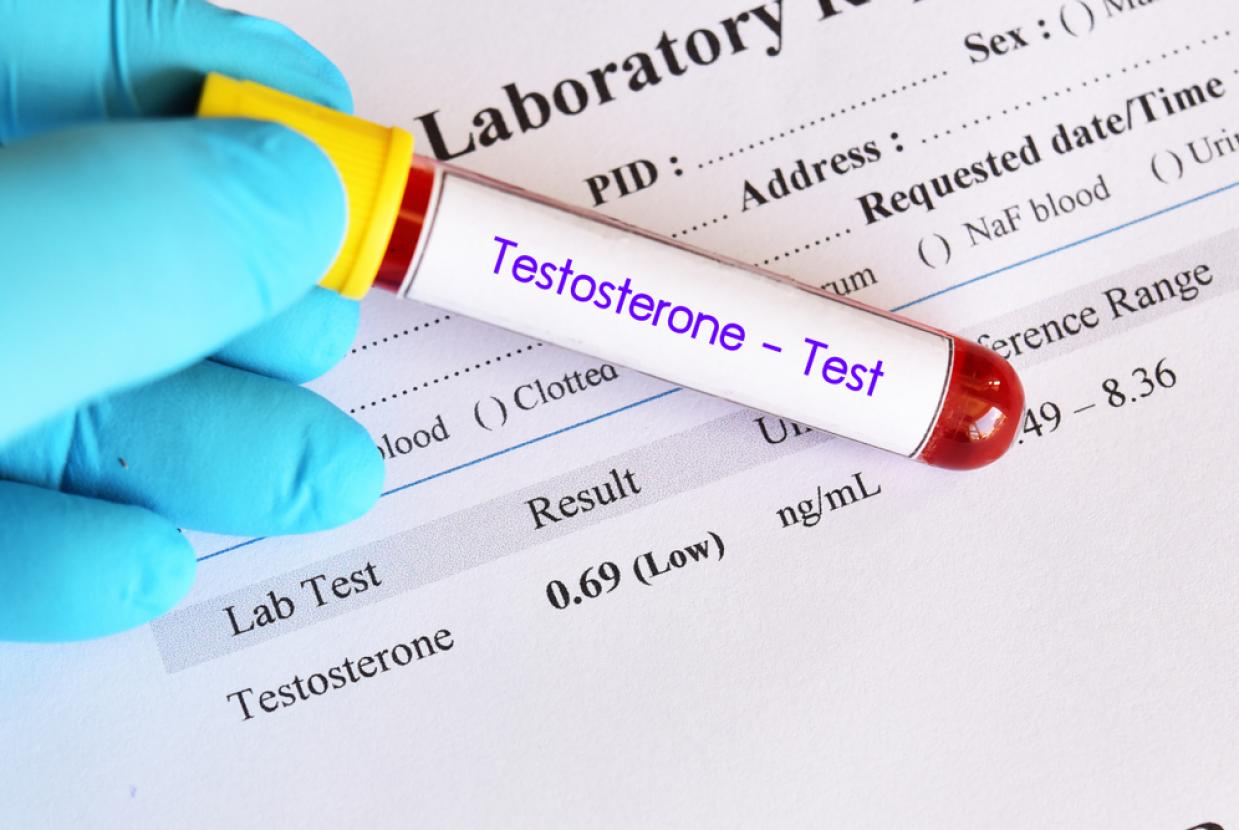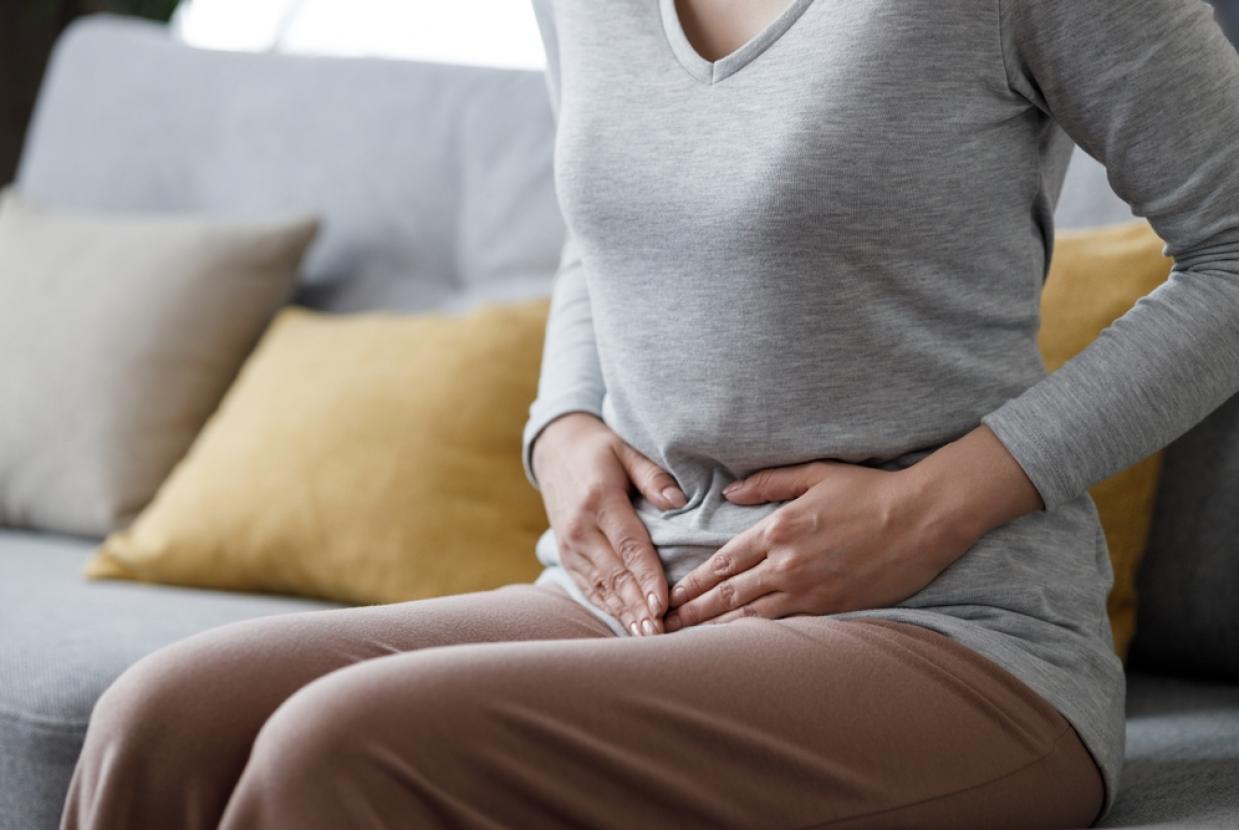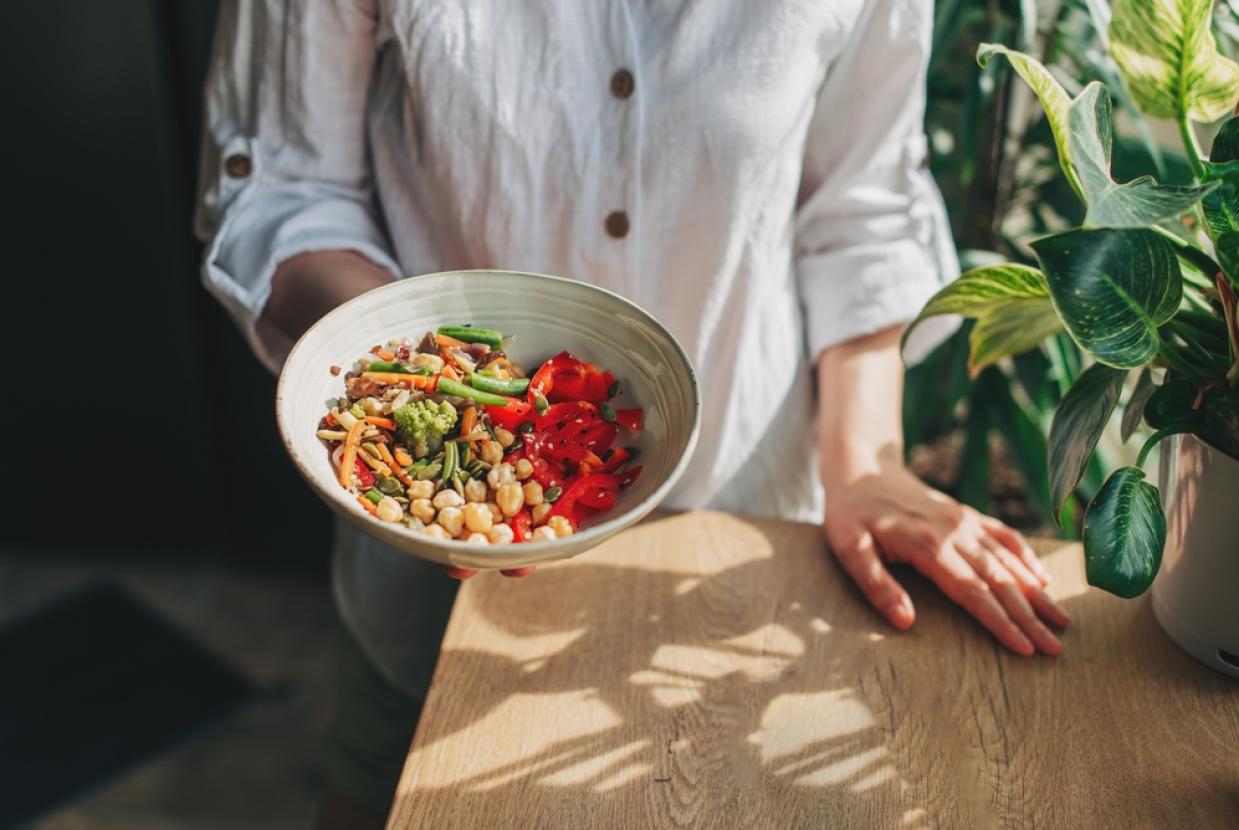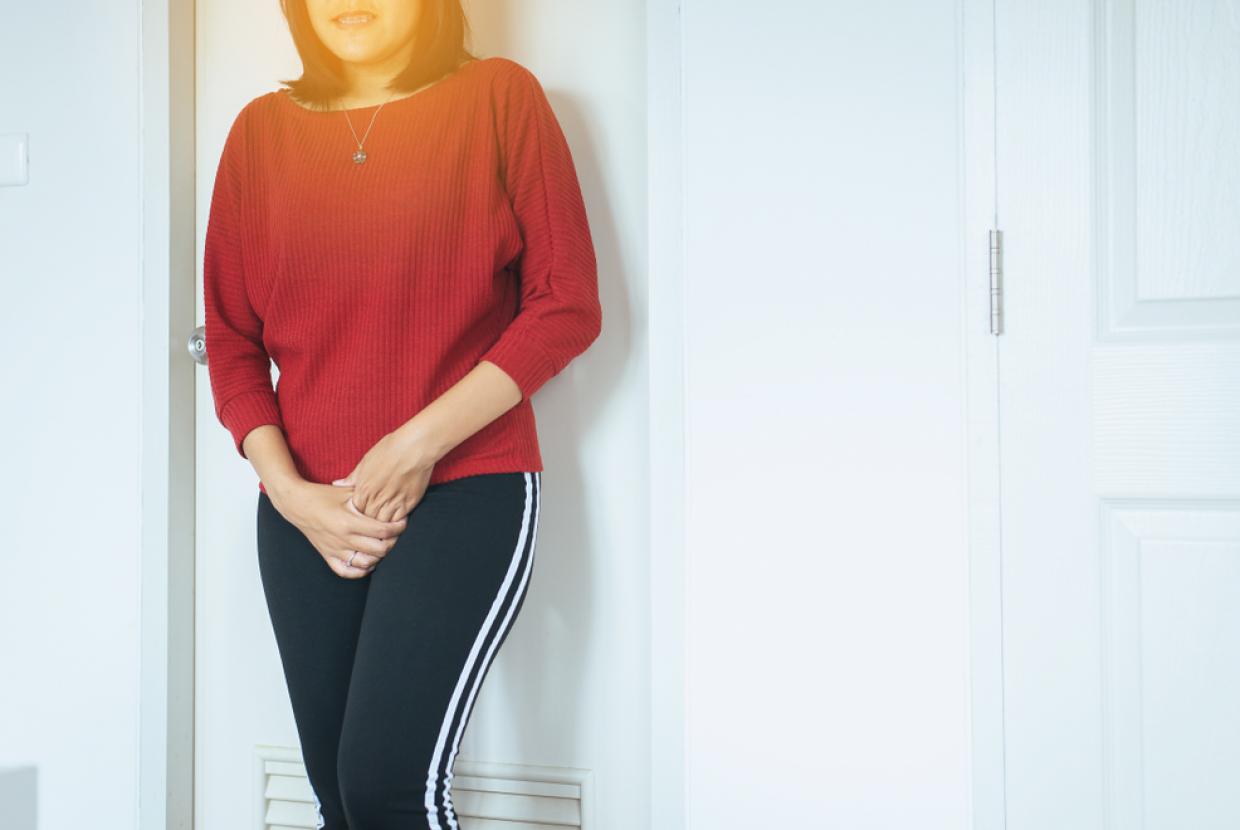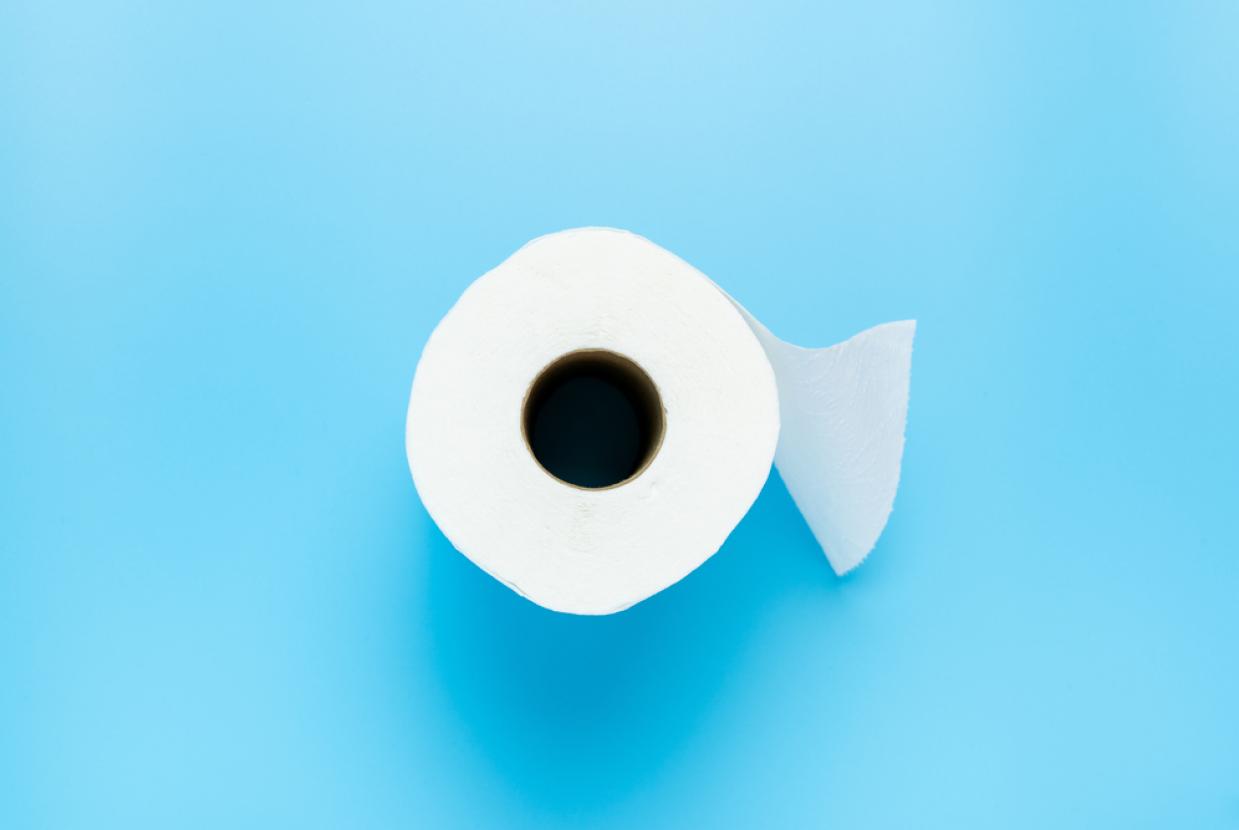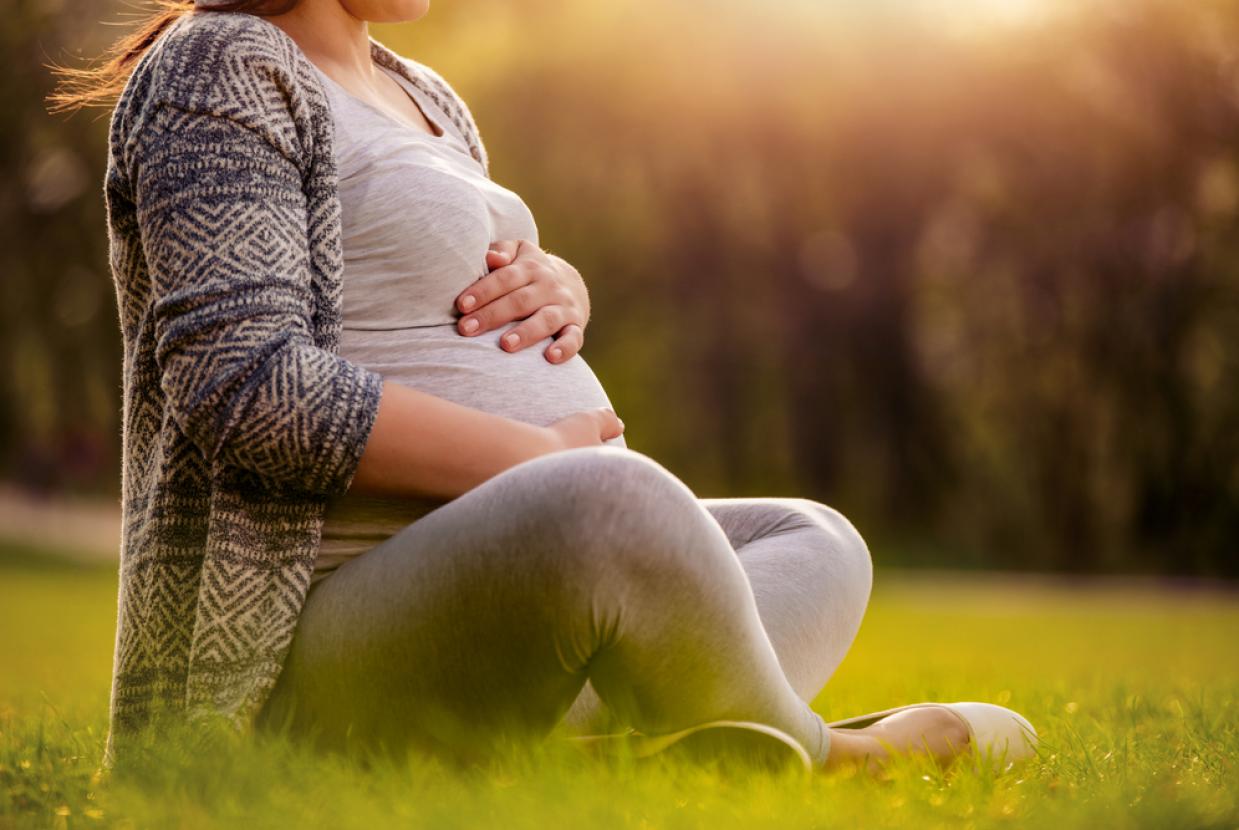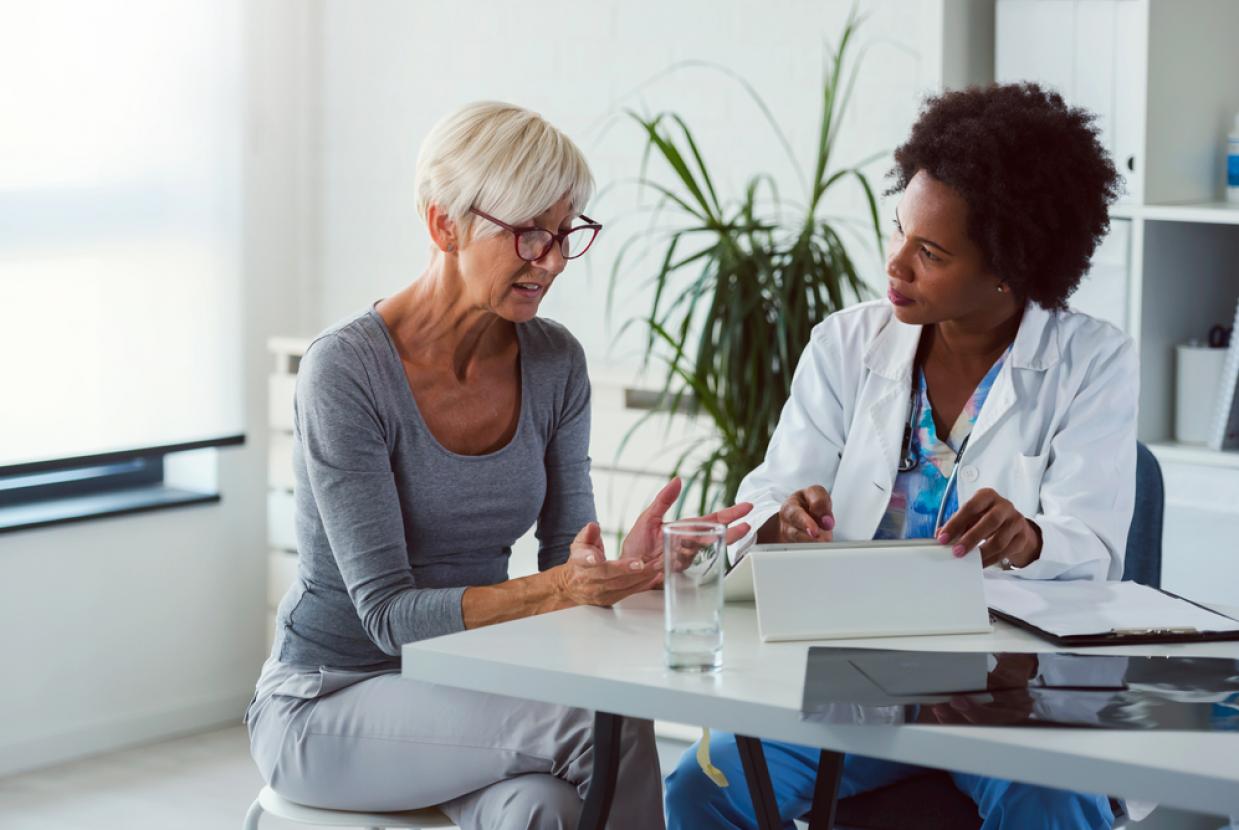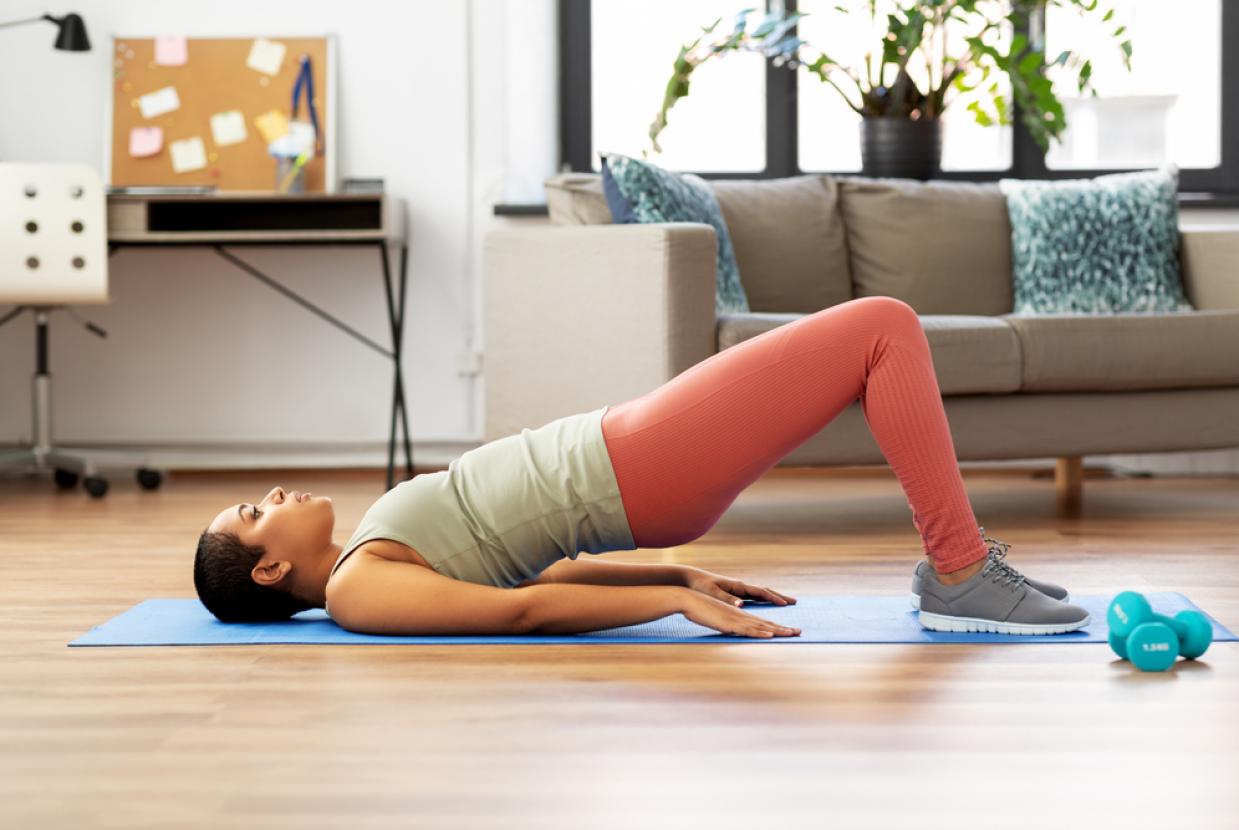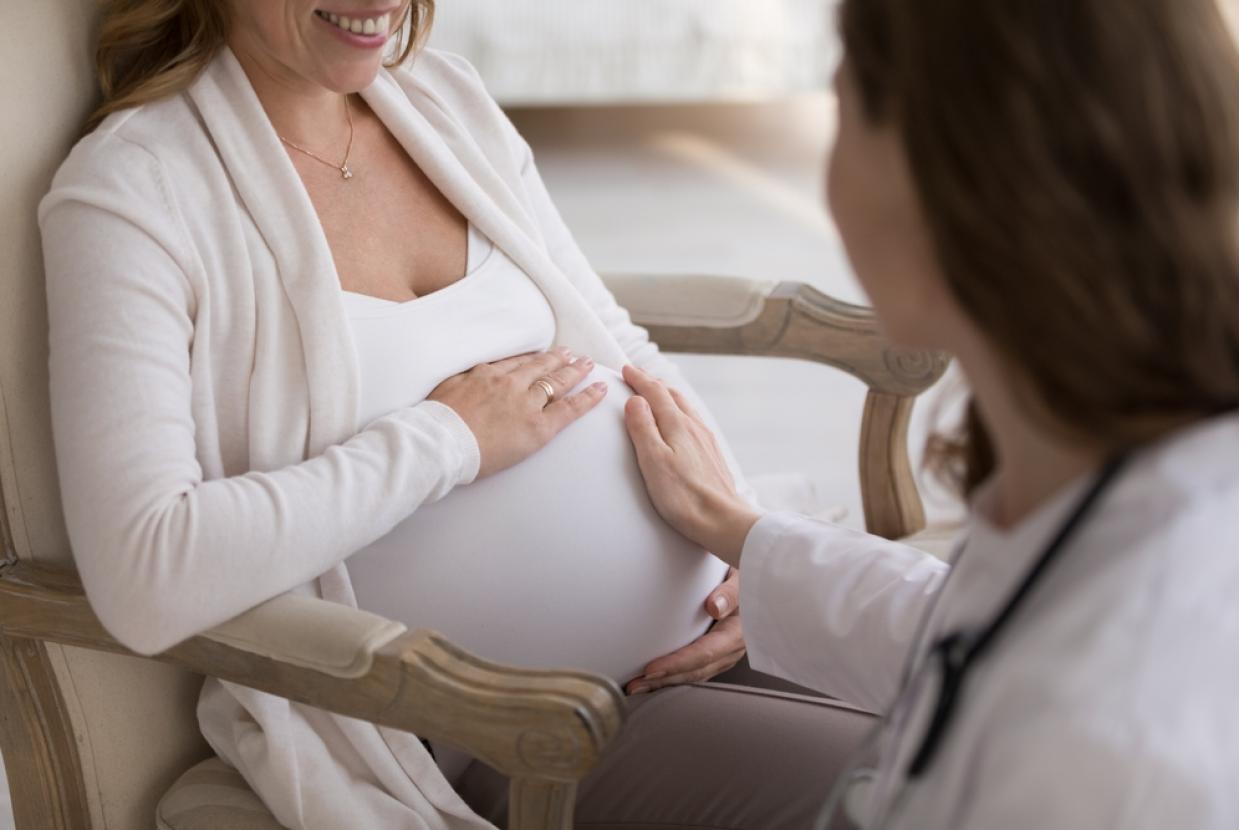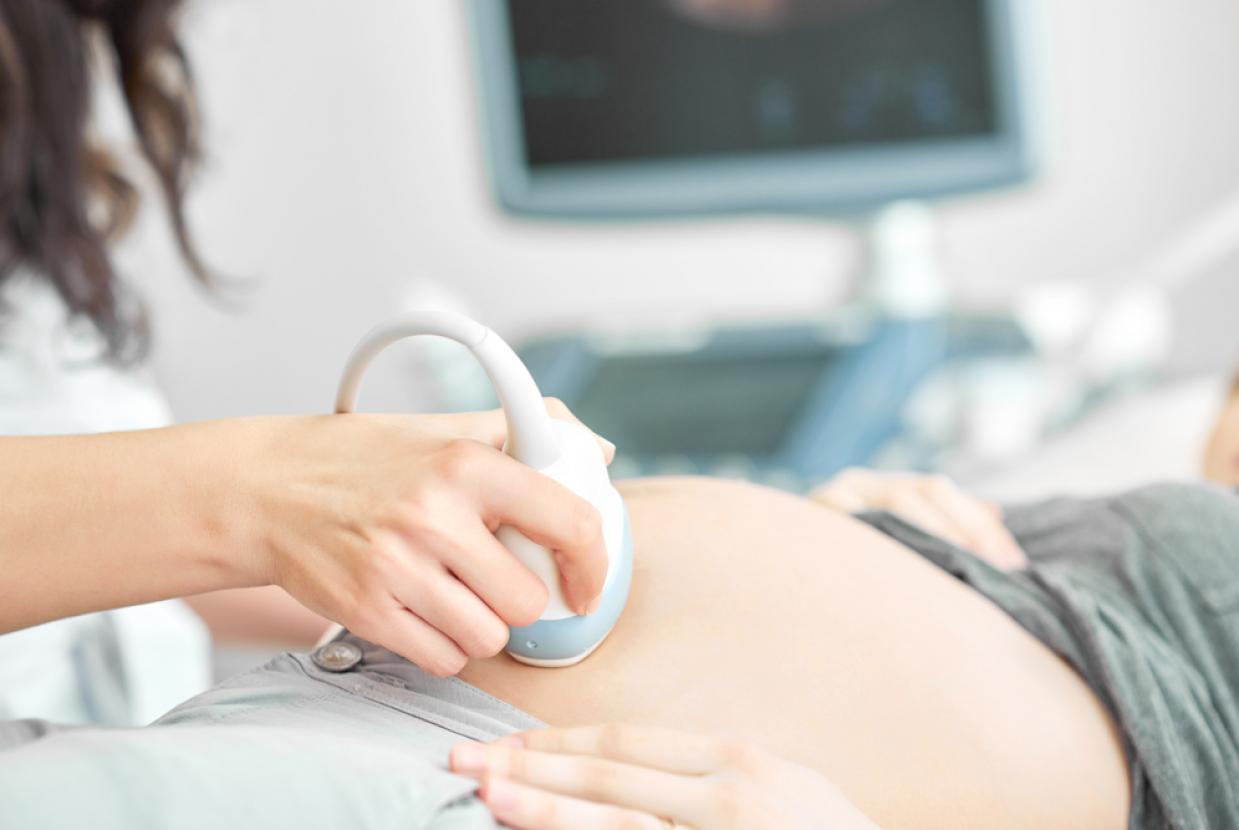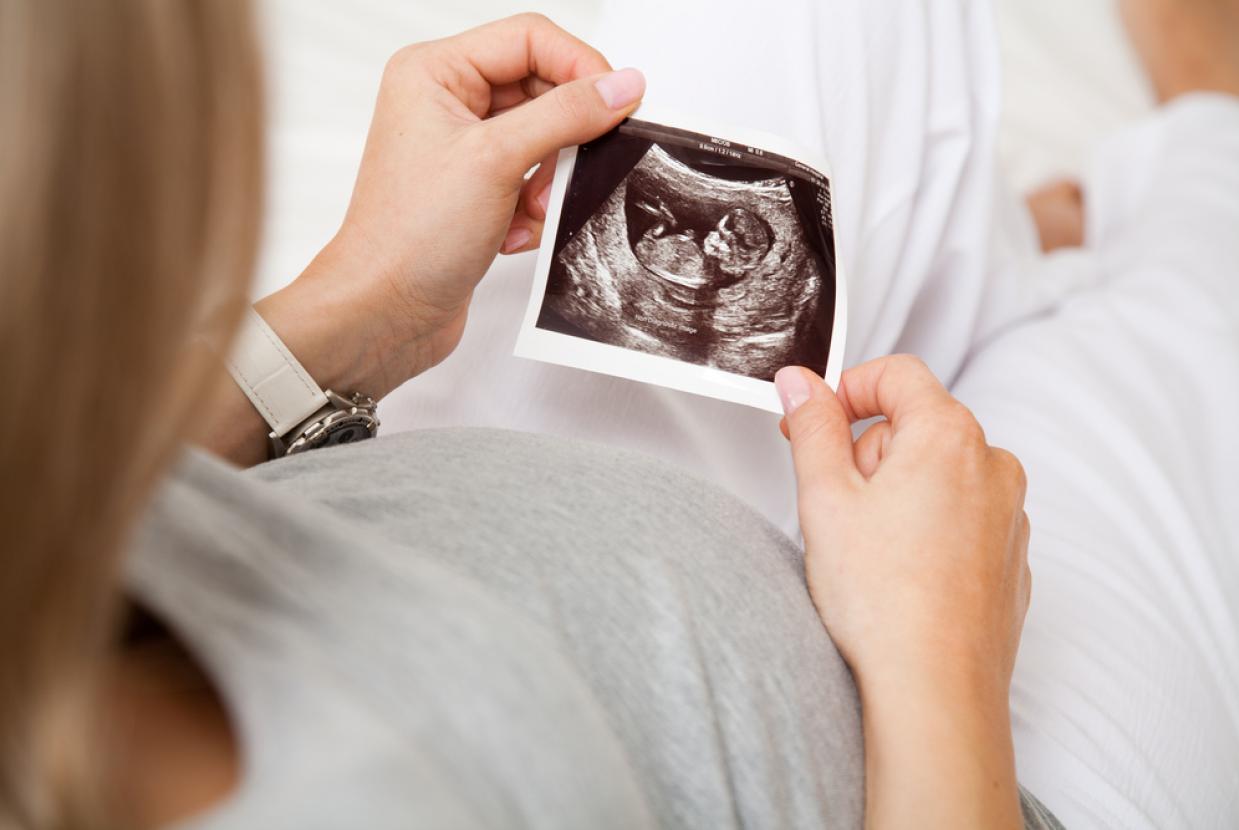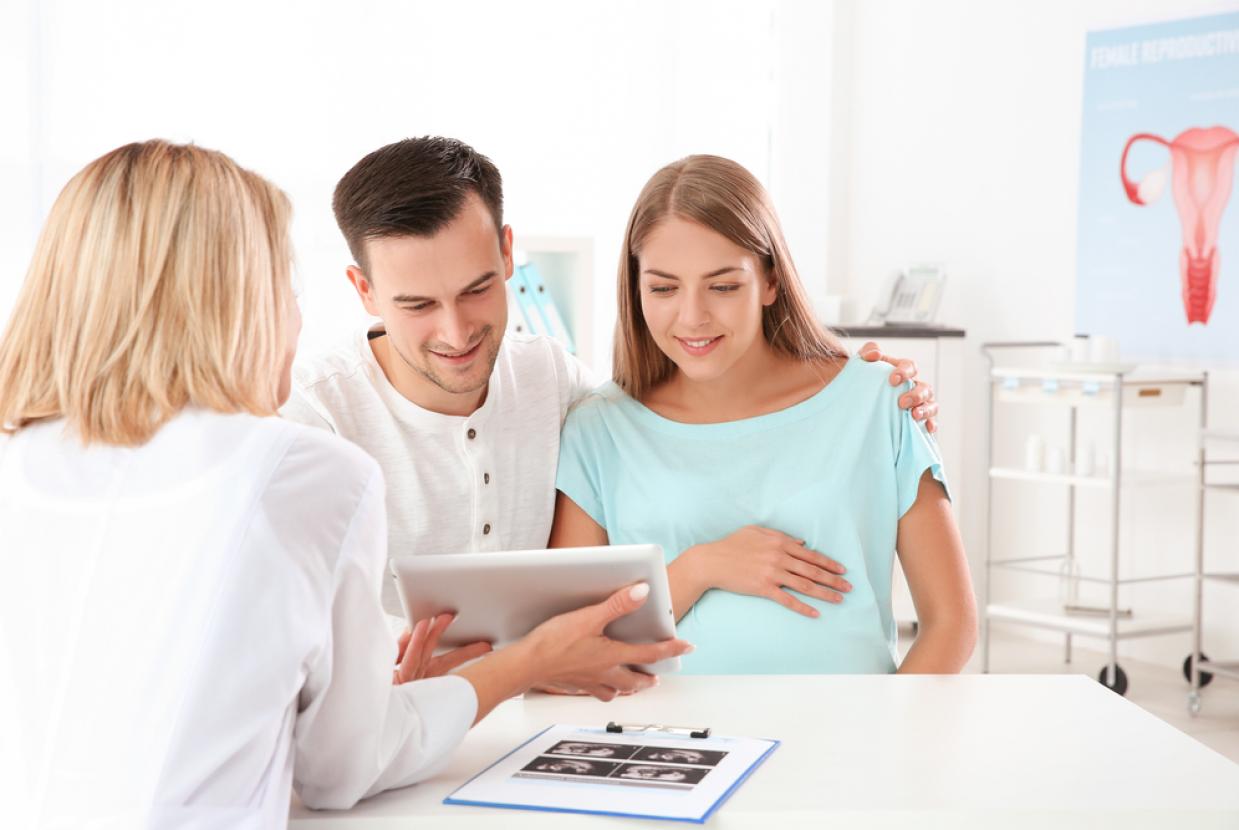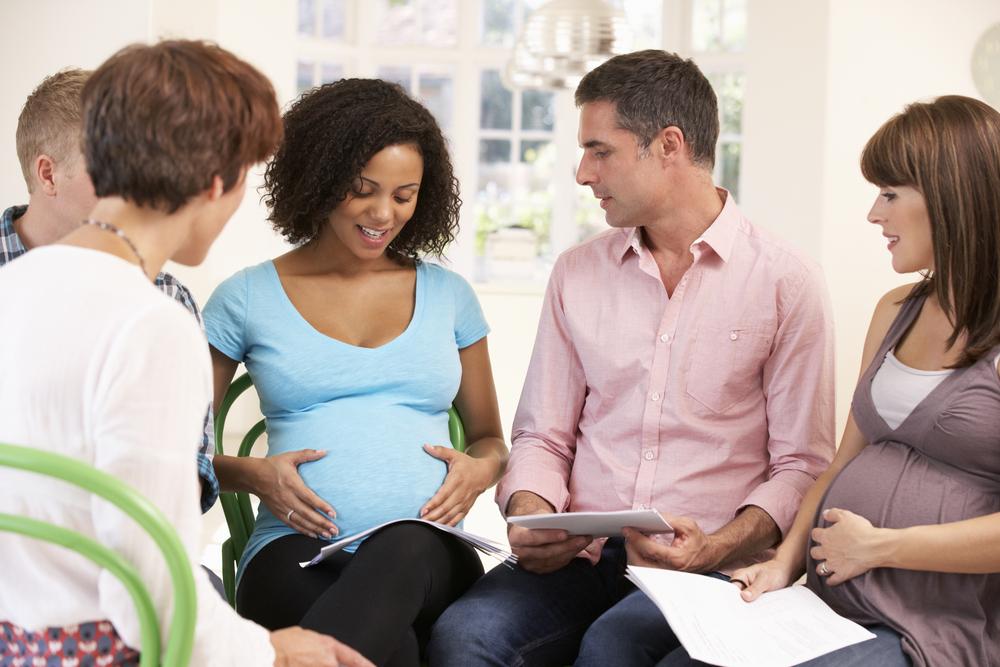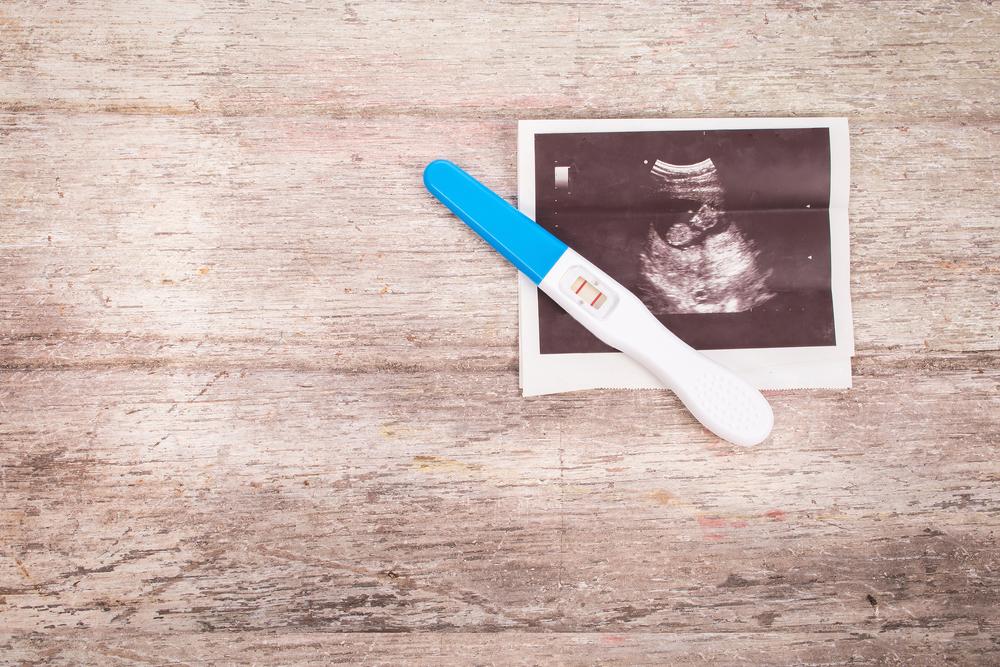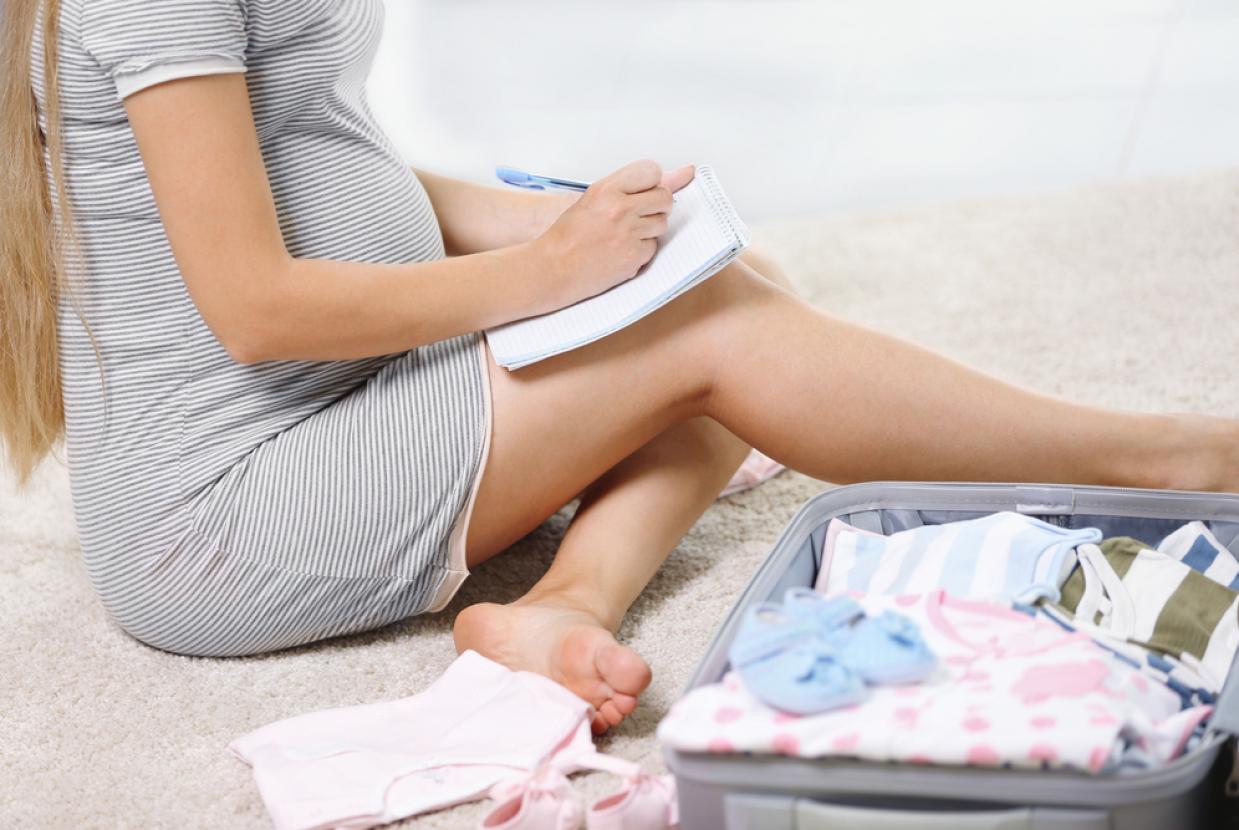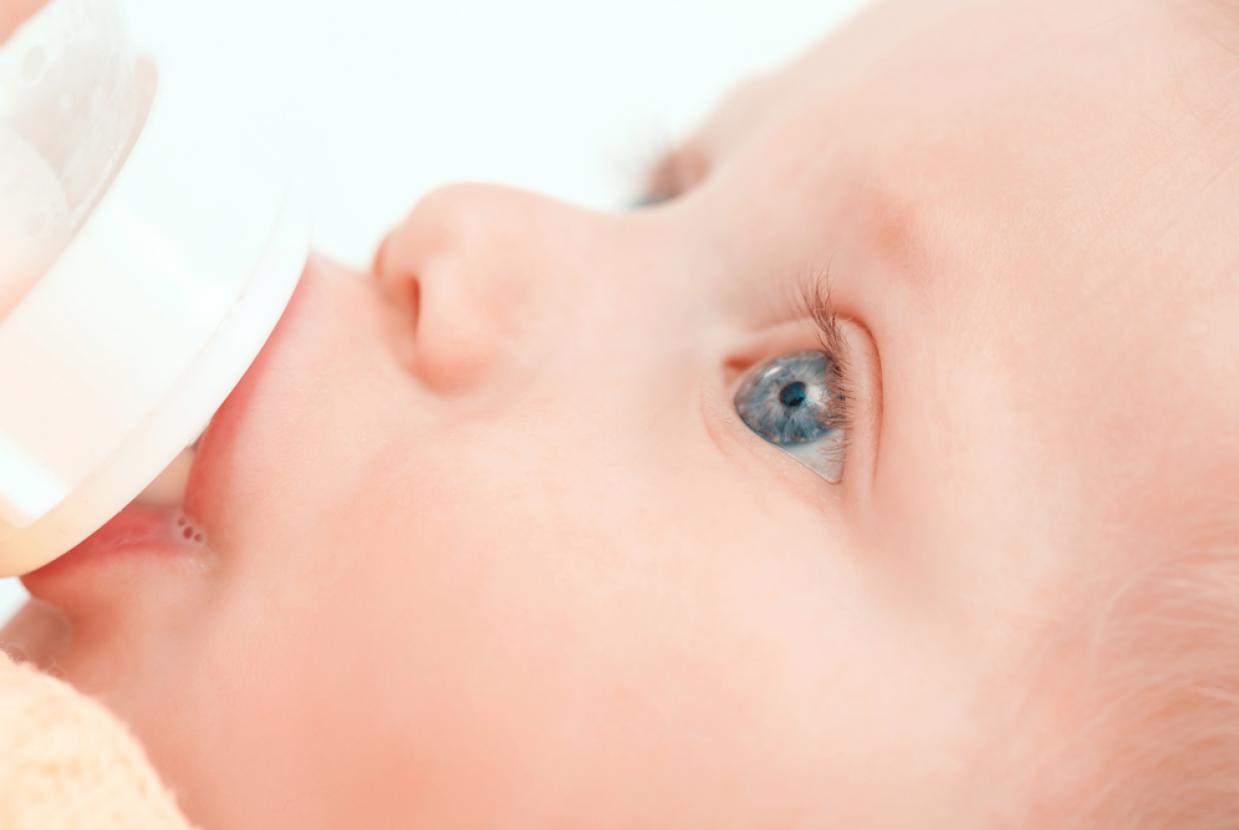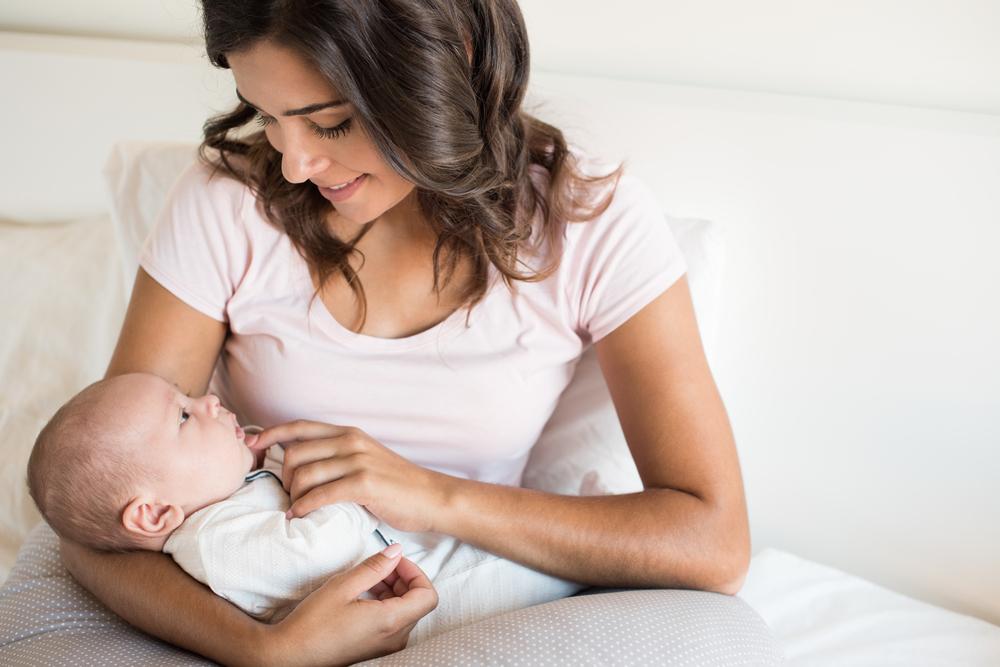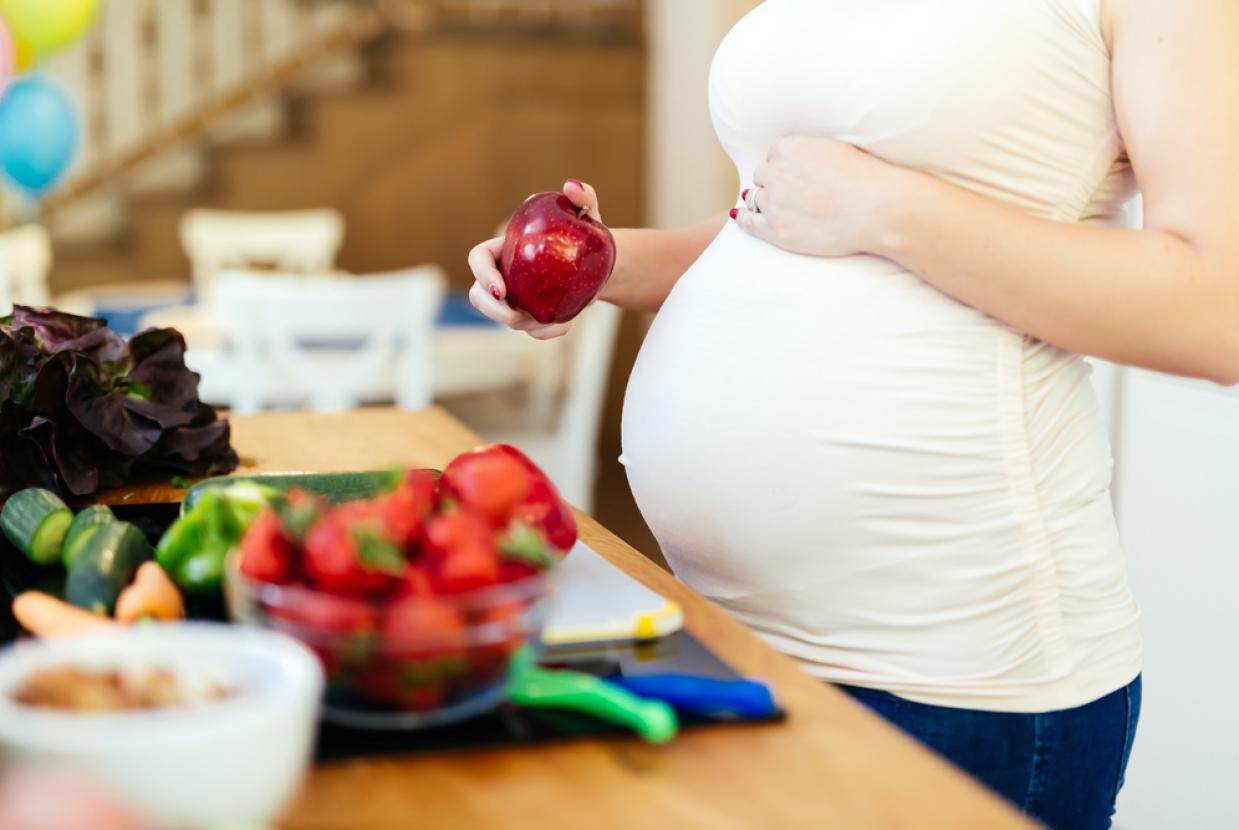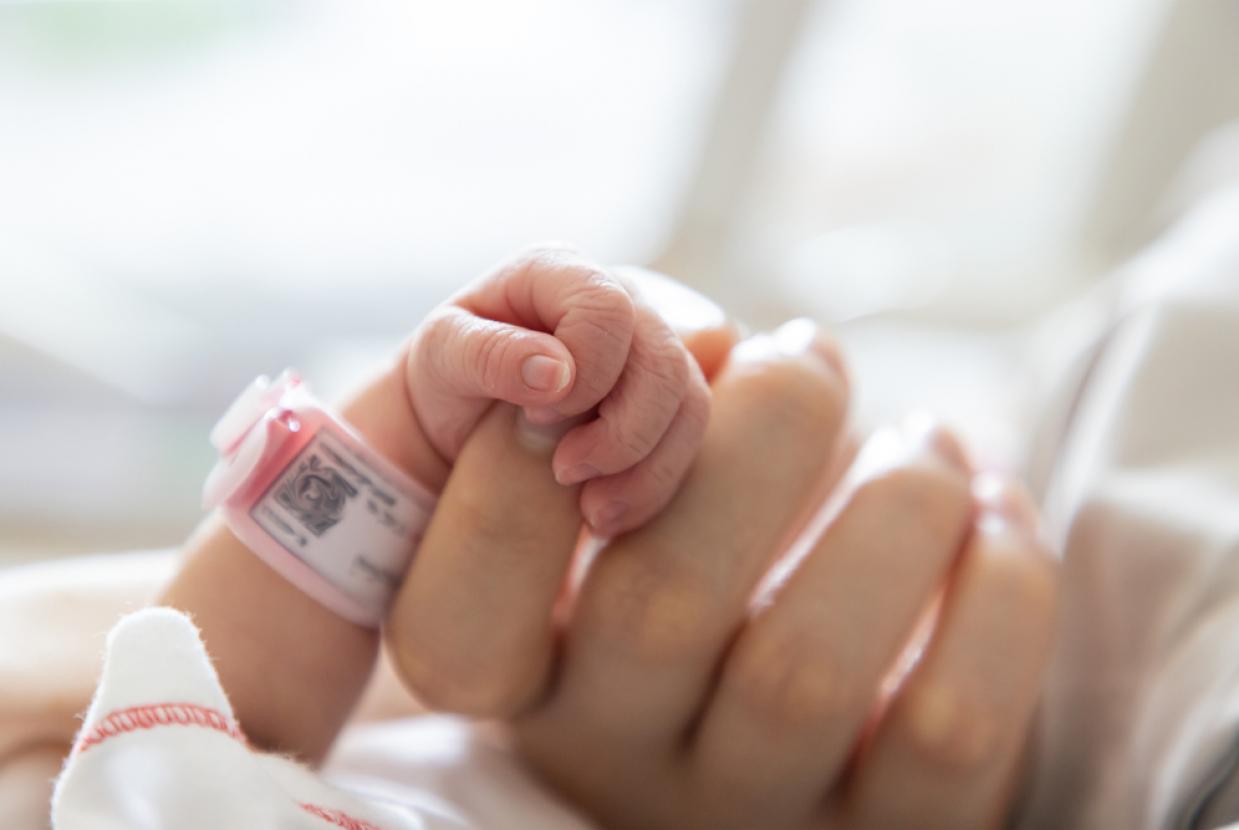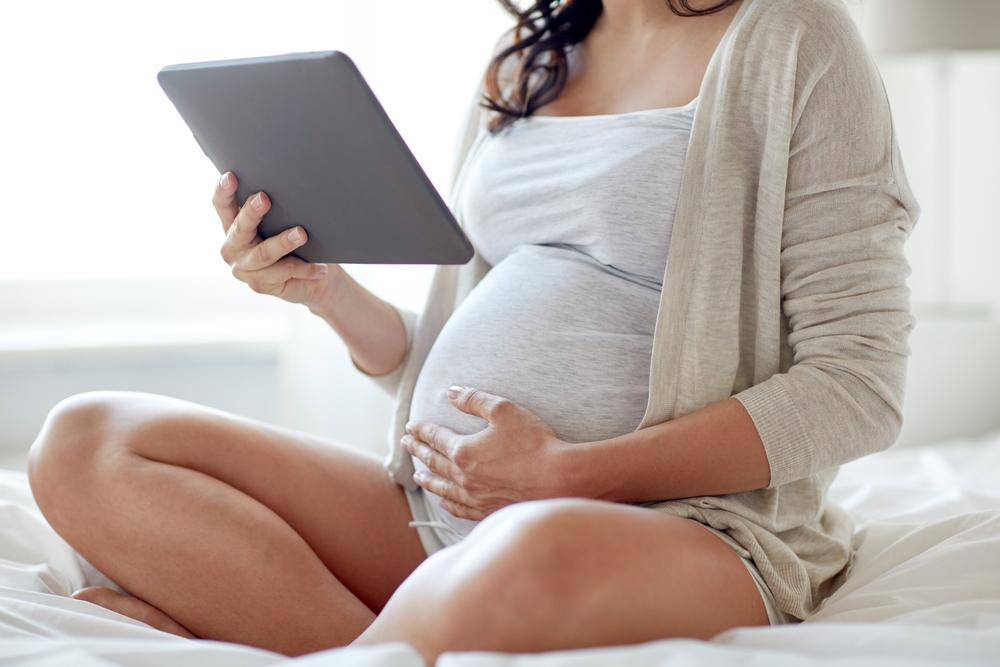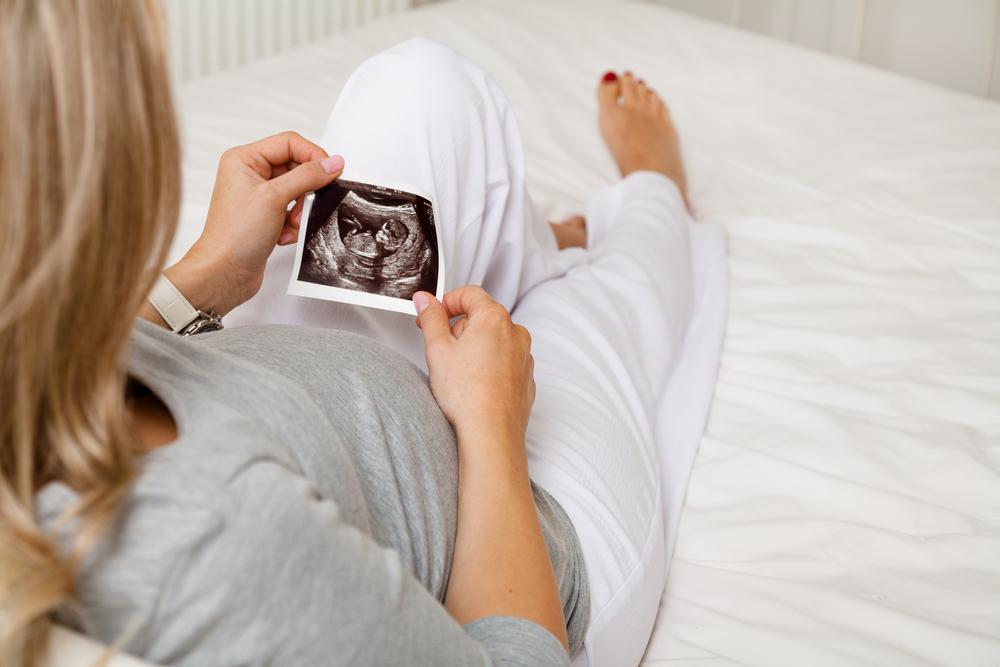How Should I Check My Breasts?
Anyone can get breast cancer. It’s important to check your breasts or chest regularly (around once a month) for symptoms of breast cancer or other conditions.
Why you should check your breasts or chest
Checking your breasts or chest regularly helps you learn what looks and feels normal for you.
This makes it easier to notice any changes that could be a sign of a condition such as breast cancer.
You should try to check your breasts or chest about once a month.
What to look for when checking your breasts or chest
Symptoms to look and feel for when checking your breasts or chest include:
- a lump or swelling in your breast, chest or armpit
- a change in the skin of your breast, such as dimpling (it may look like orange peel) or redness, which may be harder to see on black or brown skin
- a change in size or shape of 1 or both breasts, or either side of your chest – it’s common for breasts to be different sizes, but check for any changes that are not normal for you
- nipple discharge (if you're not pregnant or breastfeeding), which may have blood in it
- a change in the shape or look of your nipple, such as it turning inwards (inverted nipple) or a rash on it (it may look like eczema)
- sores or ulcers on your chest
Your breasts may naturally look and feel different:
- at different points in your menstrual cycle, if you have periods
- while you're pregnant or breastfeeding
- after menopause
It's important to get to know how your breasts feel throughout your cycle and at different stages of your life, so you can spot any changes that are not normal for you.
How to check you breasts and chest
To check your breasts or chest:
- Look at your breasts or chest in a mirror to look for any changes. Start with your arms by your sides and then raise them.
- Feel around each breast or side of your chest in a circular motion all the way up to your collarbone and under each armpit. Use a mix of light and firmer pressure. Do not press so hard it hurts.
- Feel around and over each nipple.
You may find it easier to feel your breasts or chest in the shower or lying down.
See a GP if:
- you have a lump or swelling in your breast, chest or armpit
- you have any changes in your breasts, chest or nipples that are not normal for you
- you have pain in your breast or armpit that does not go away



